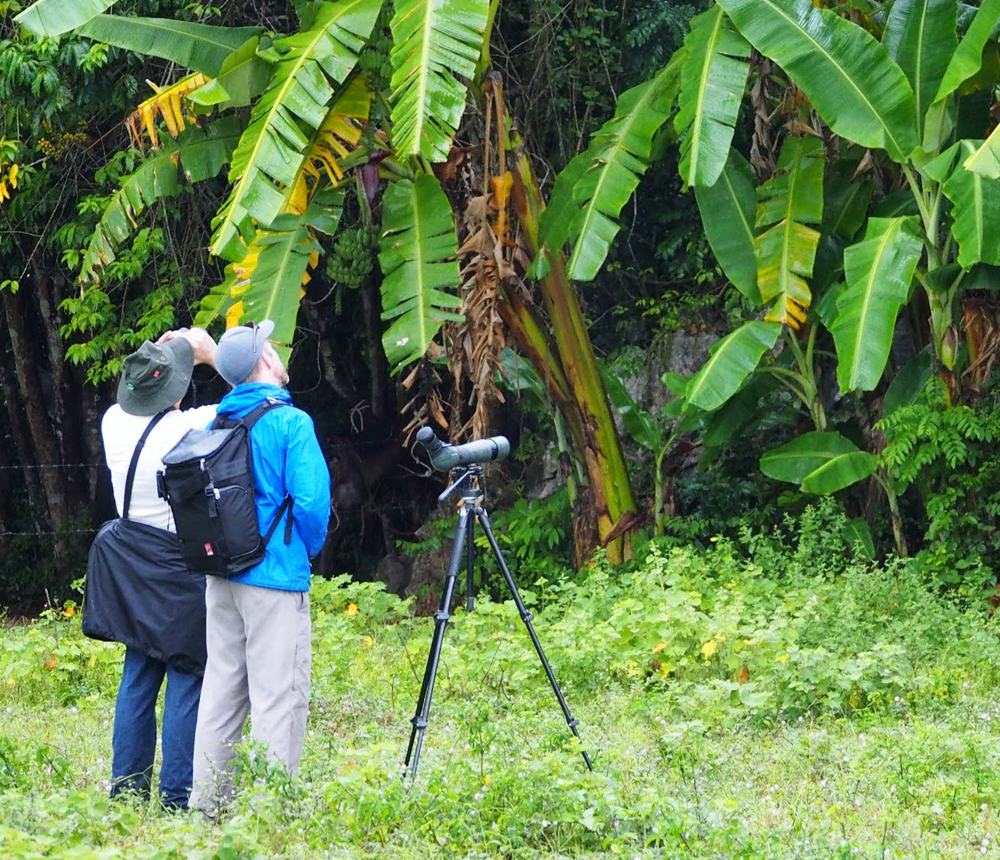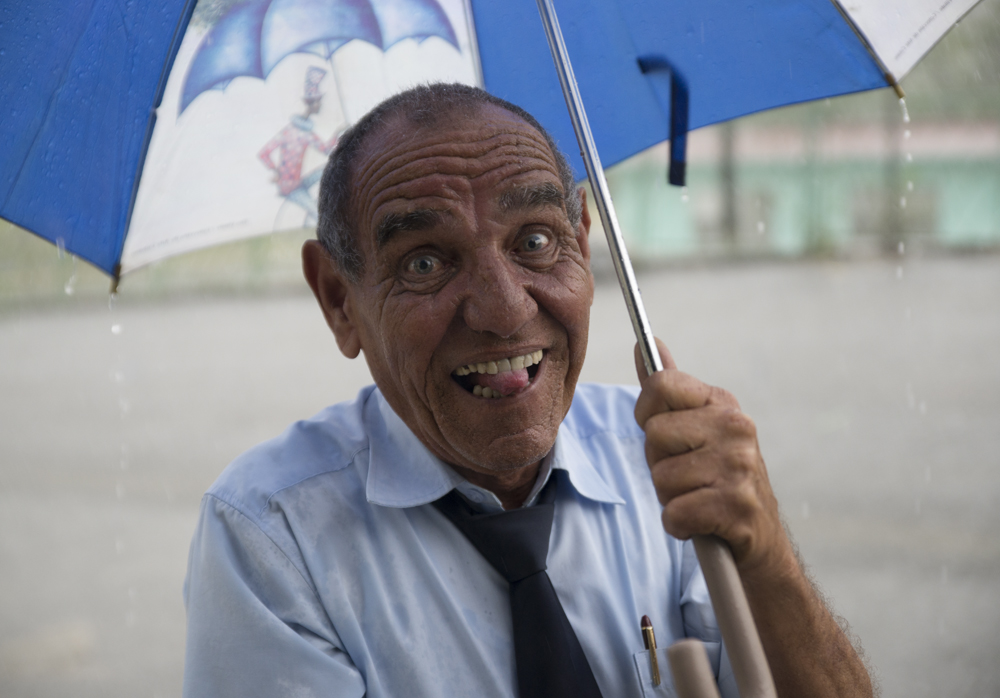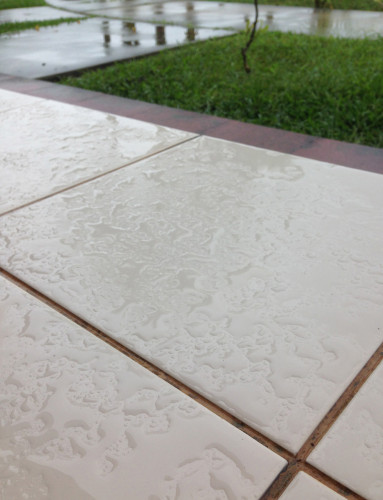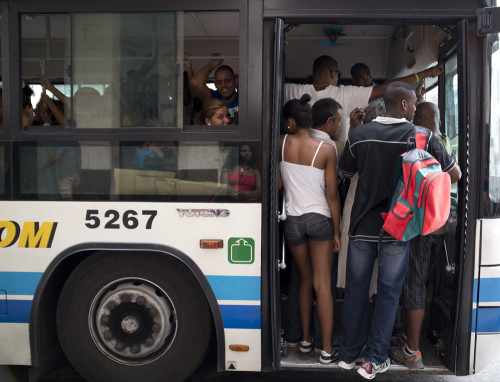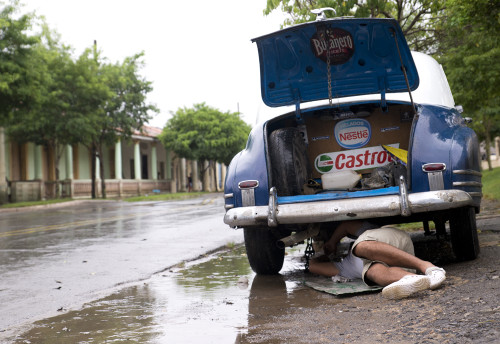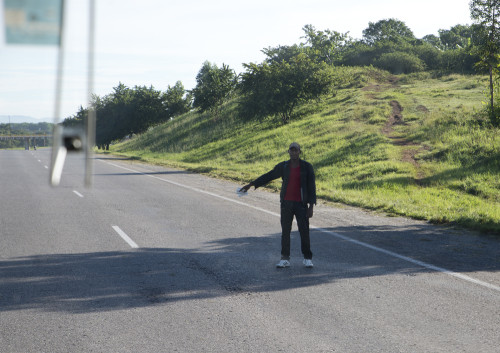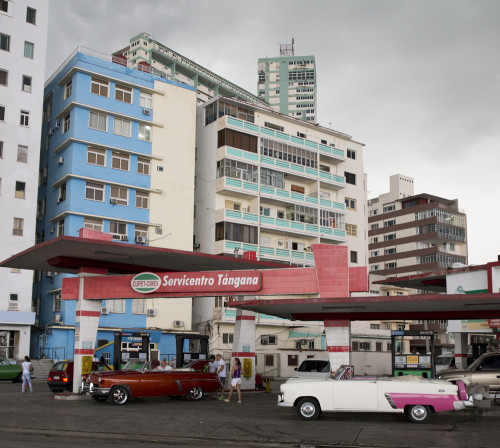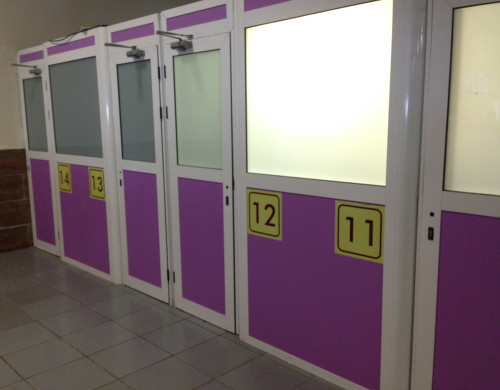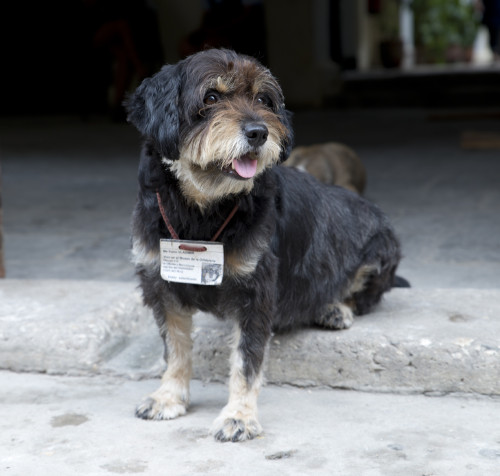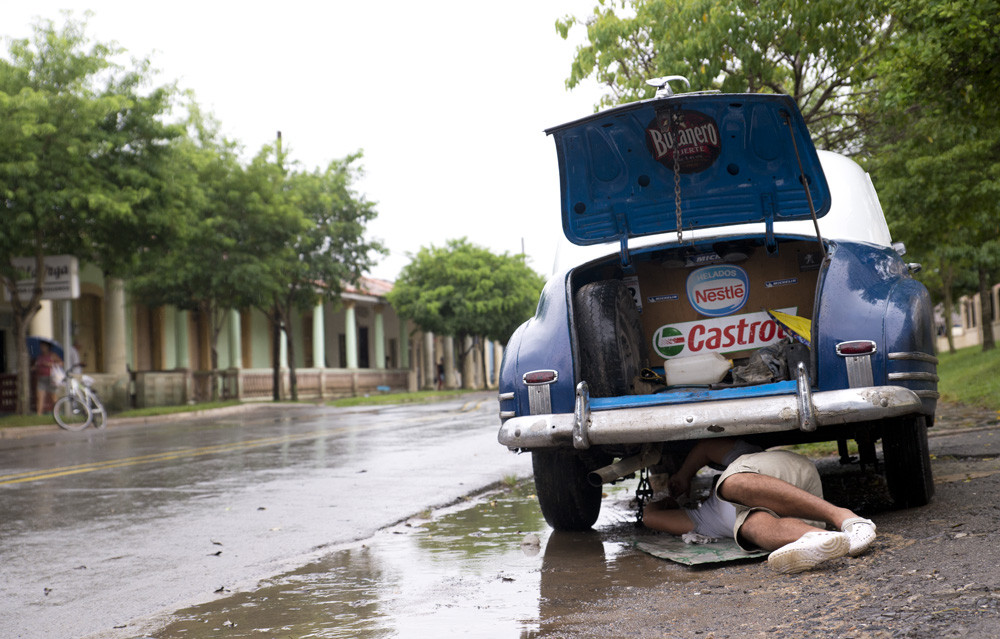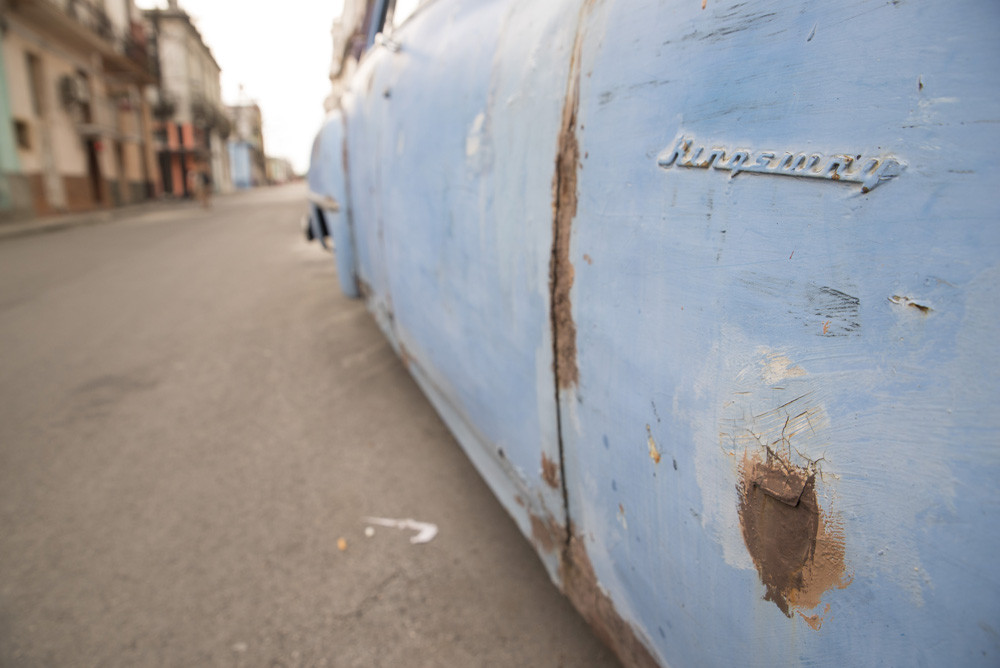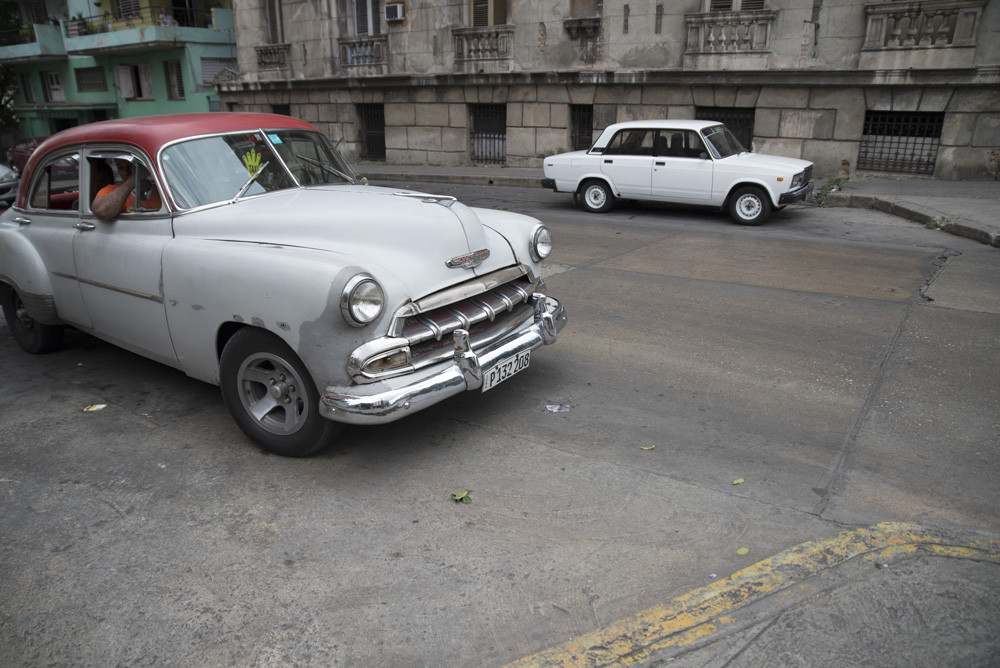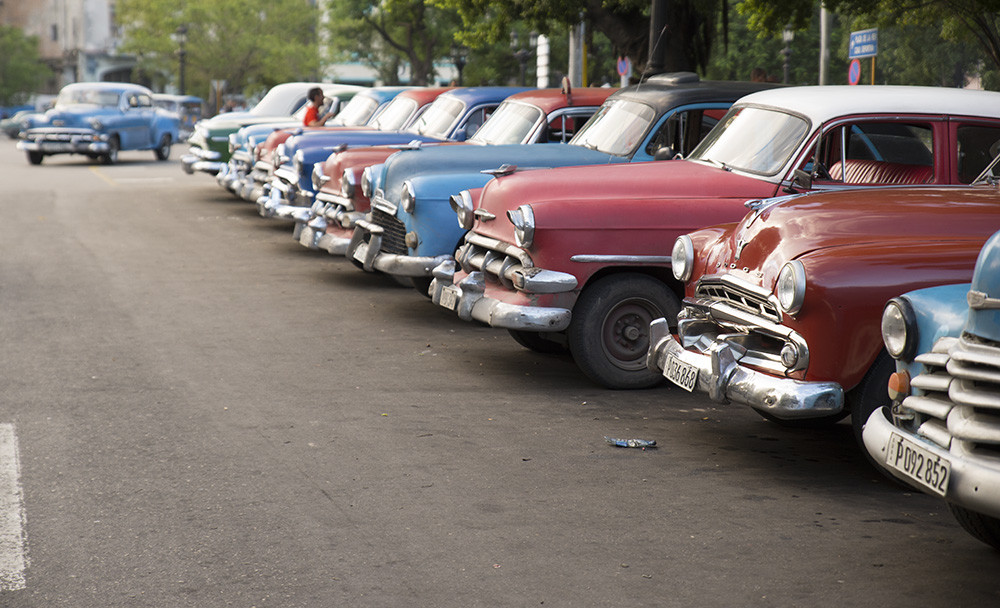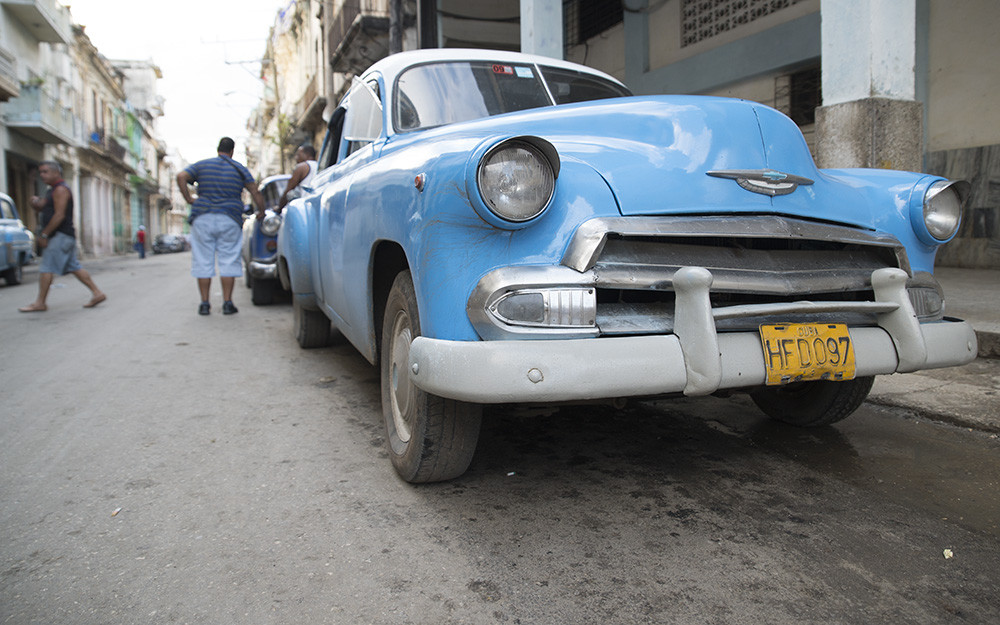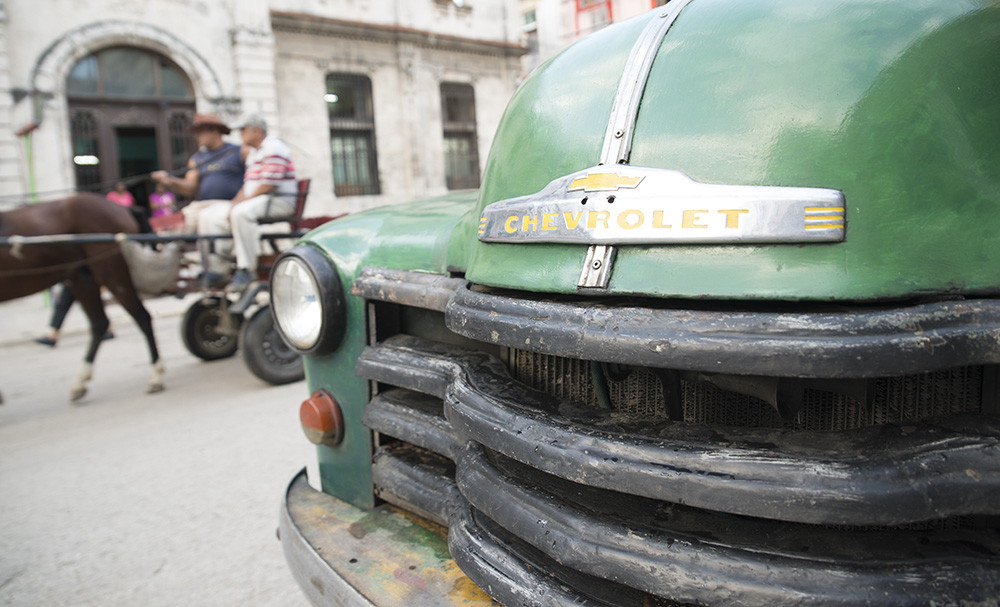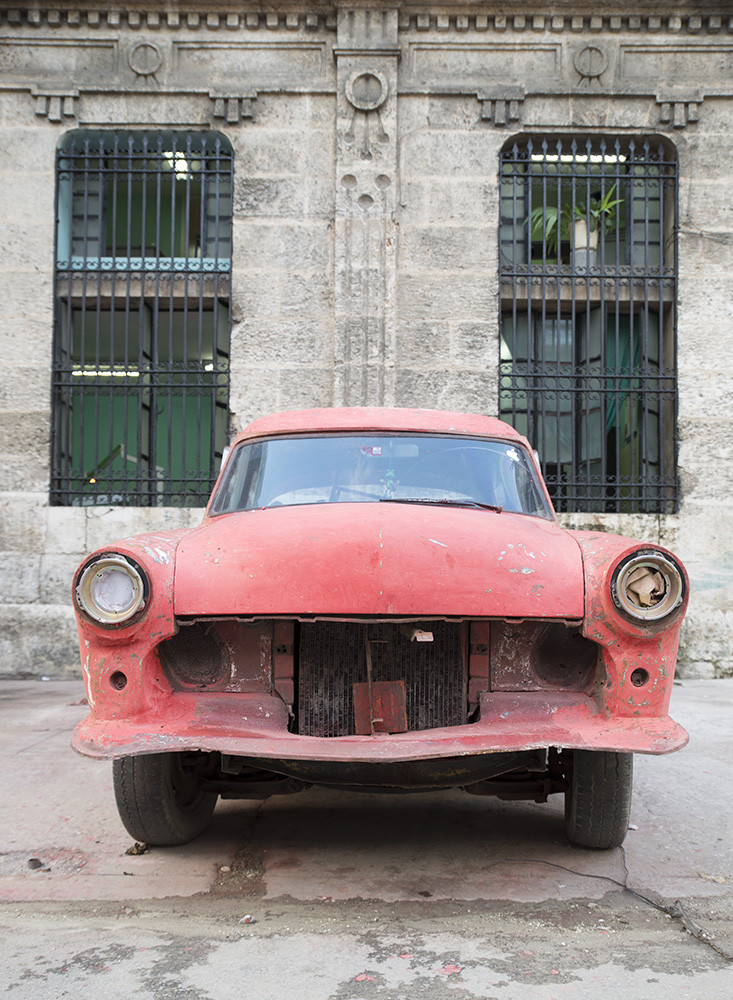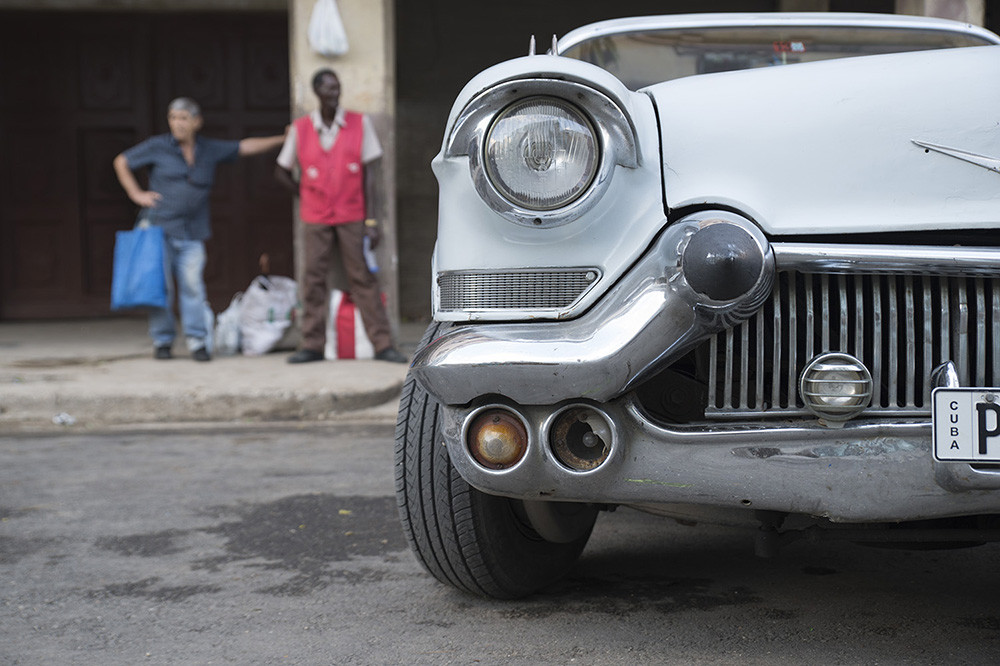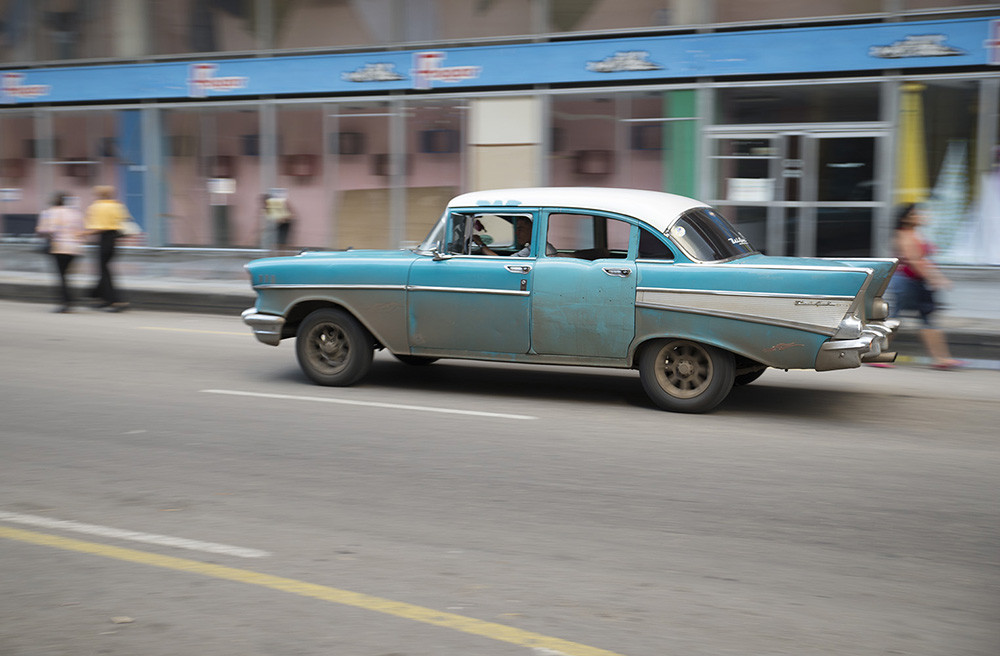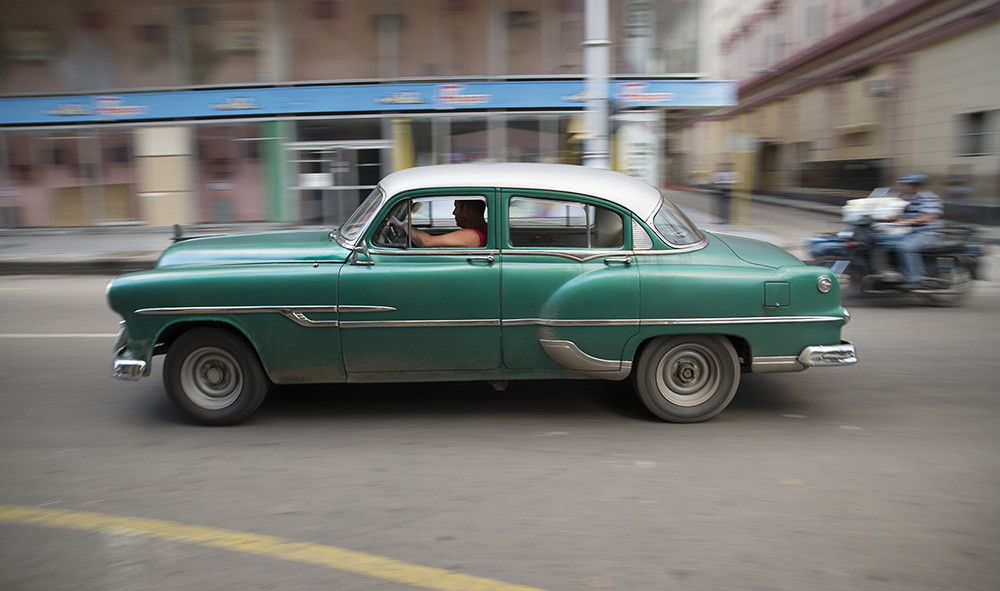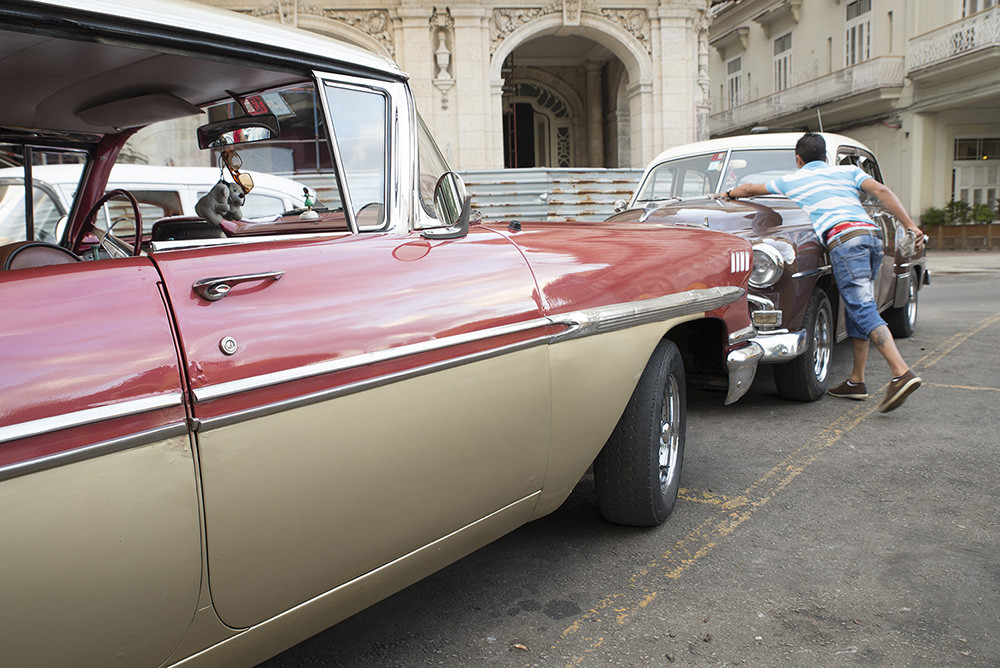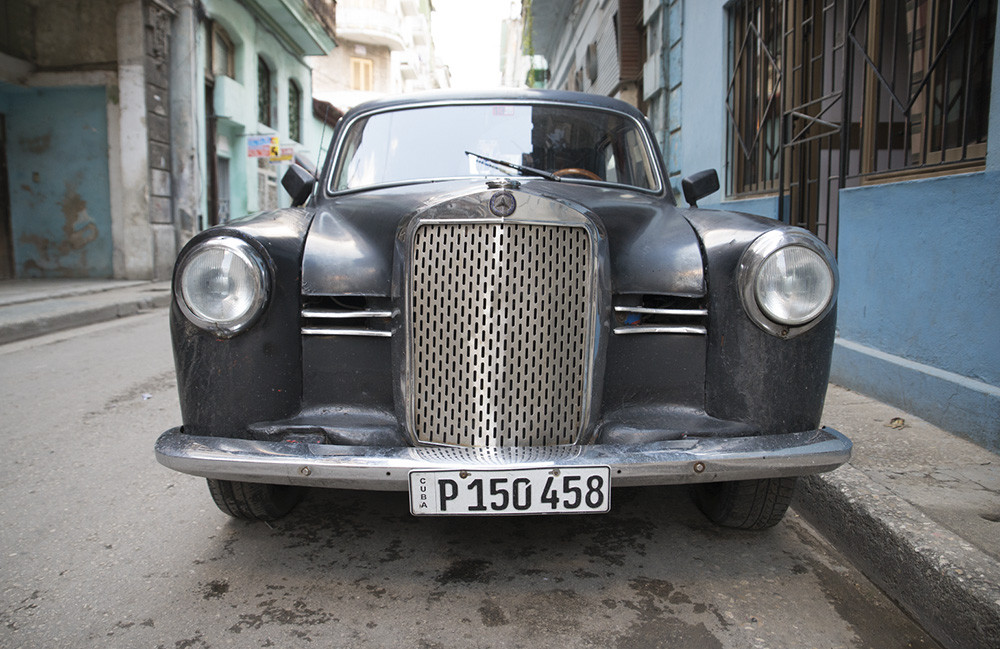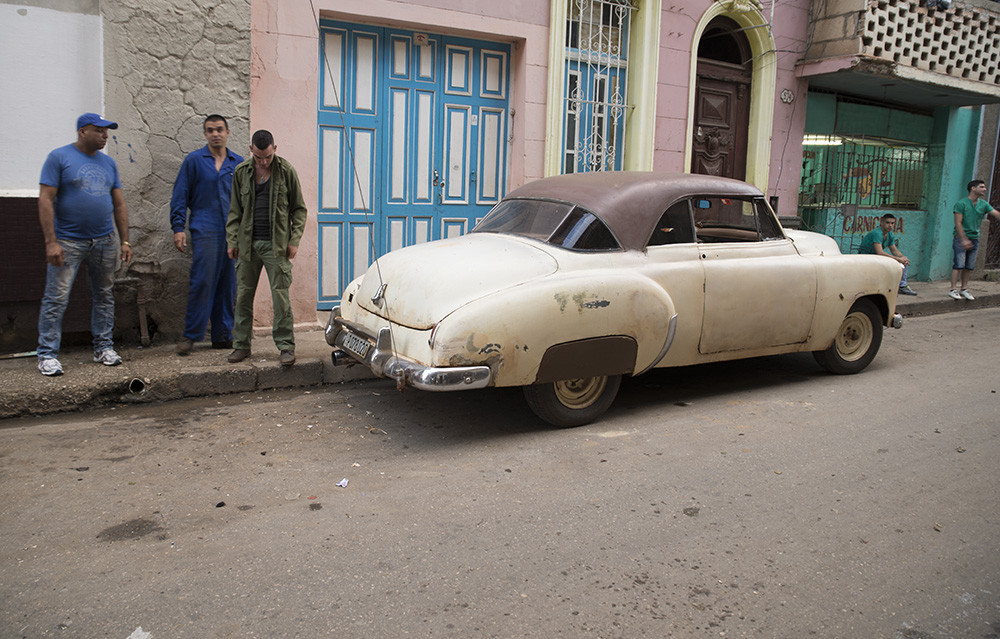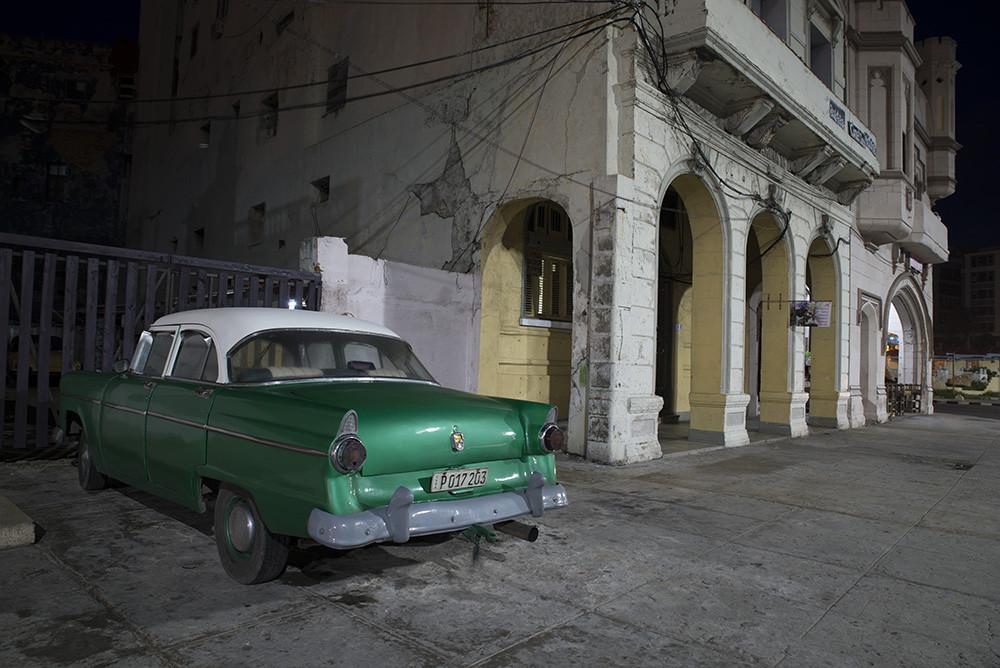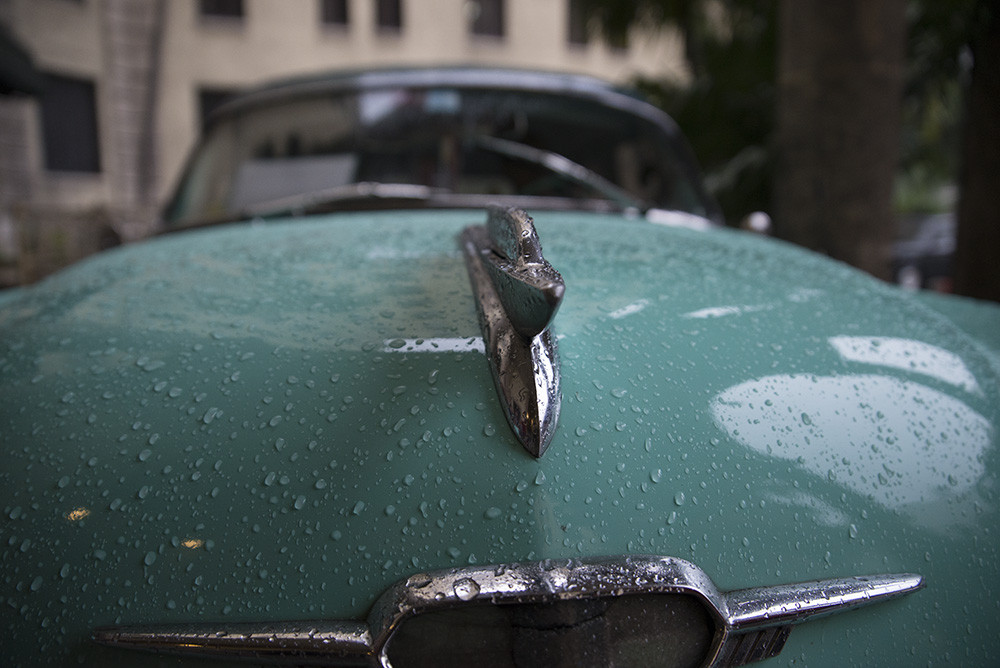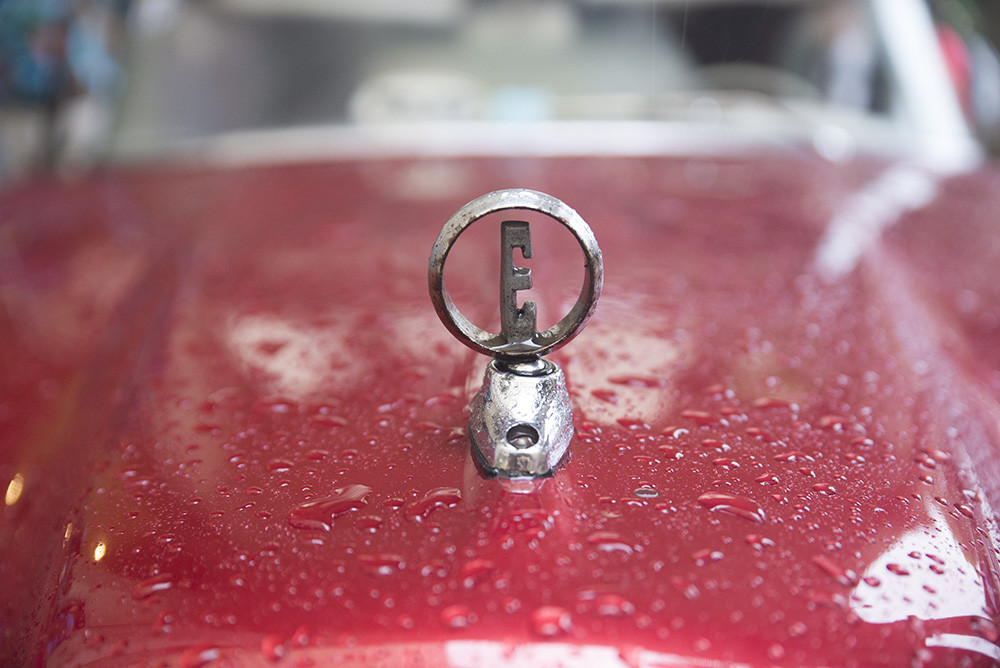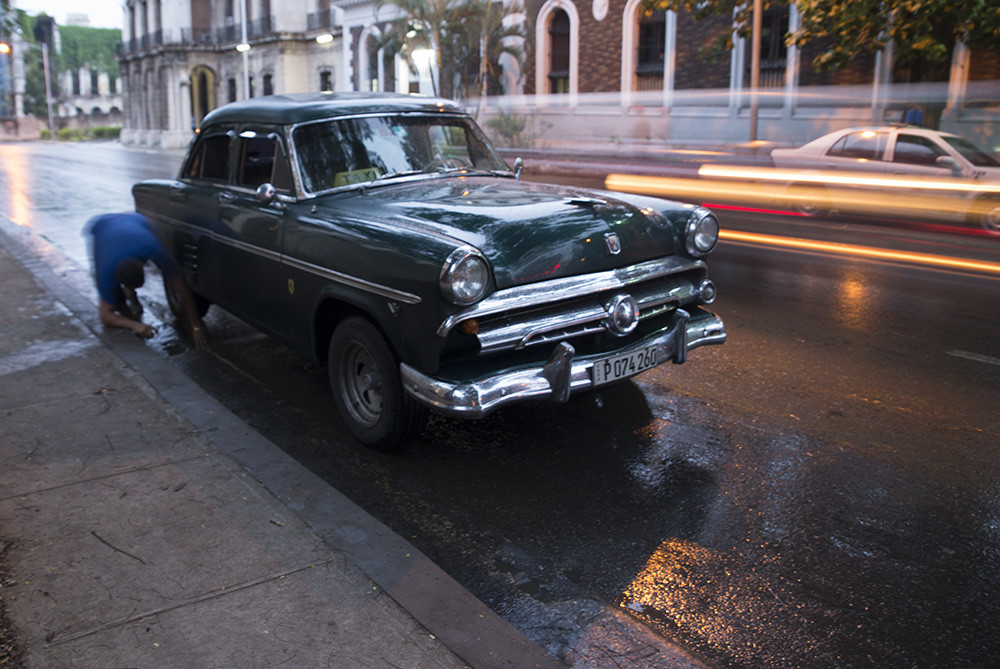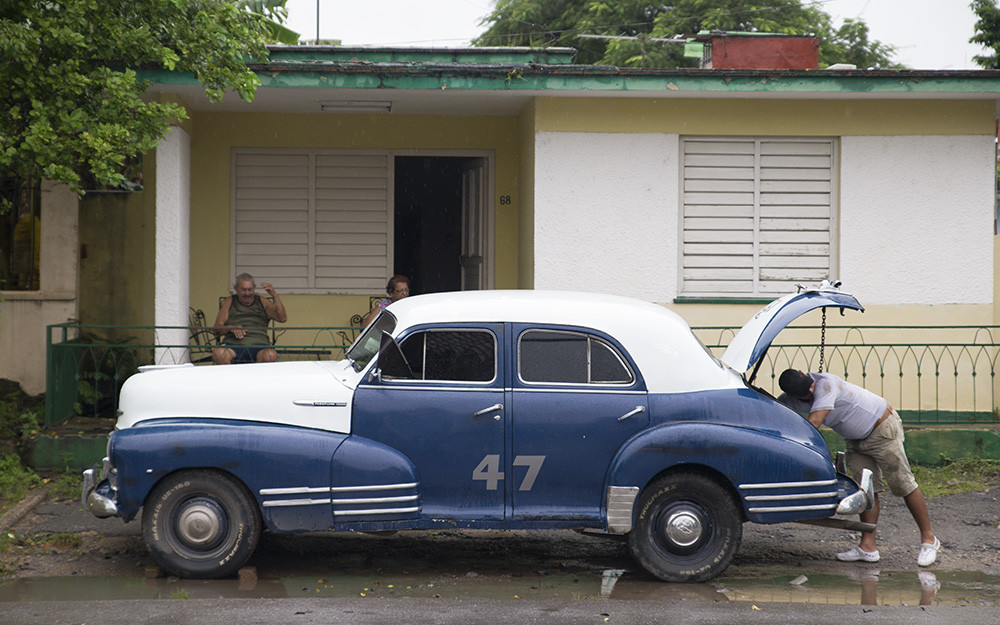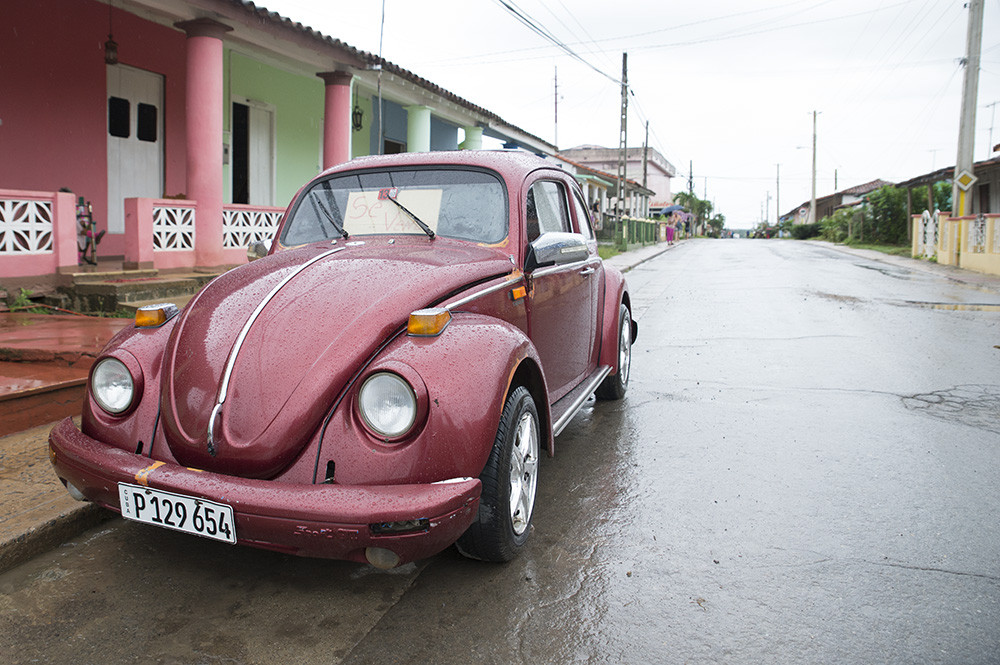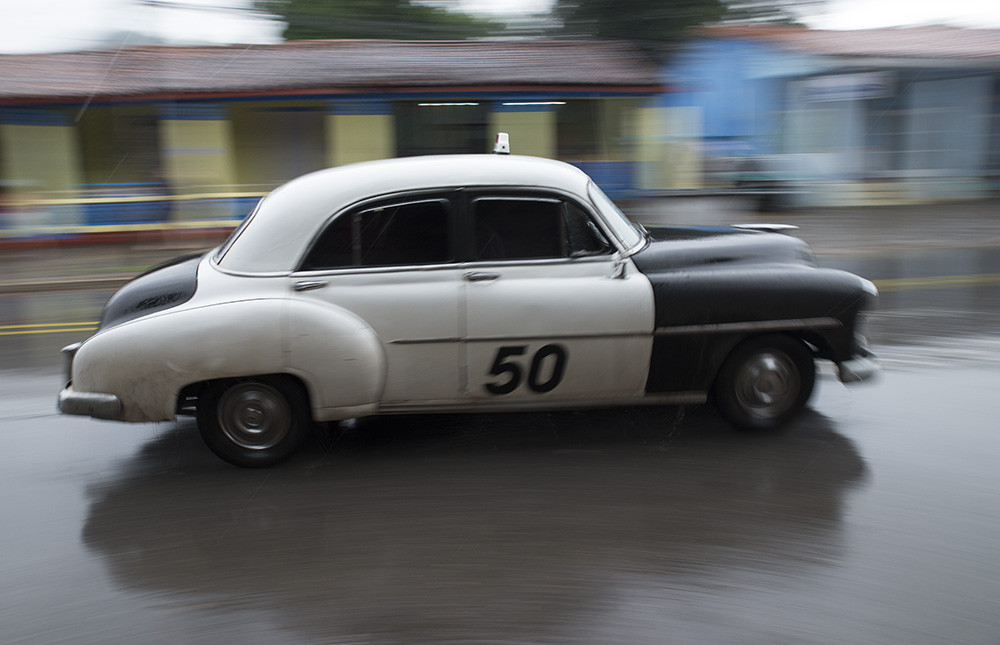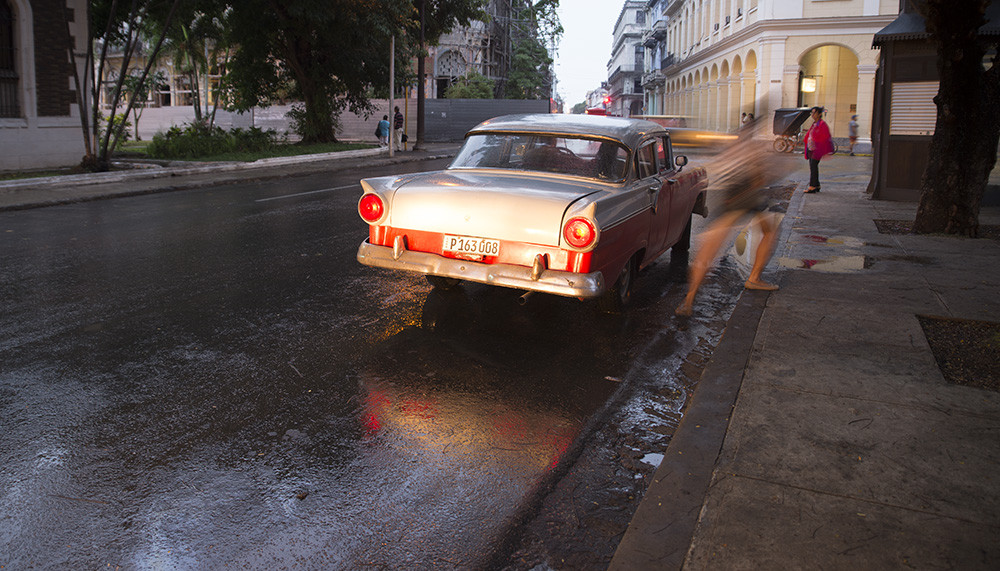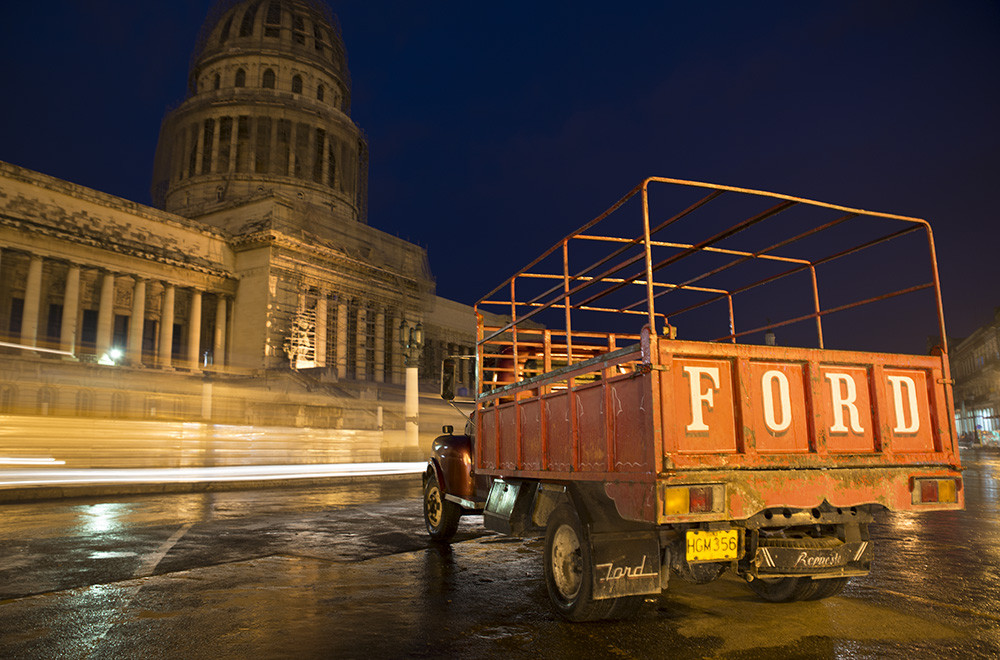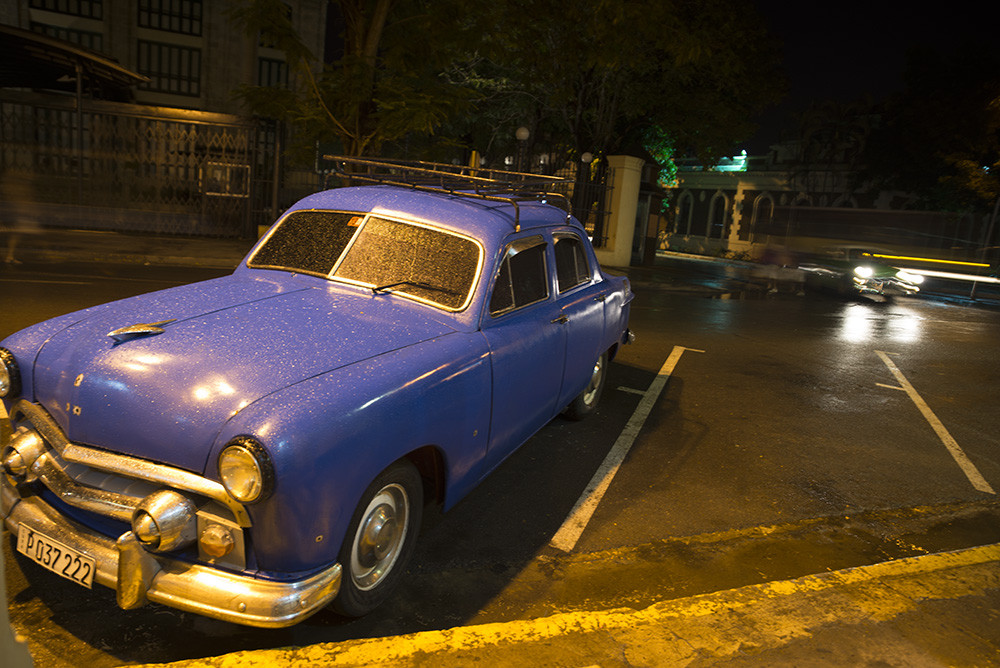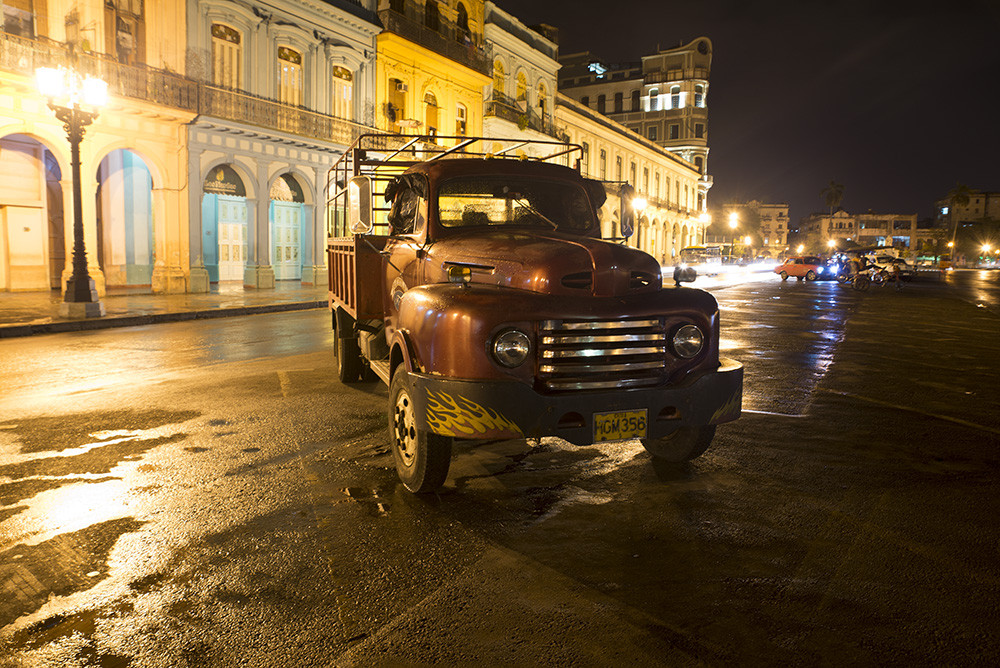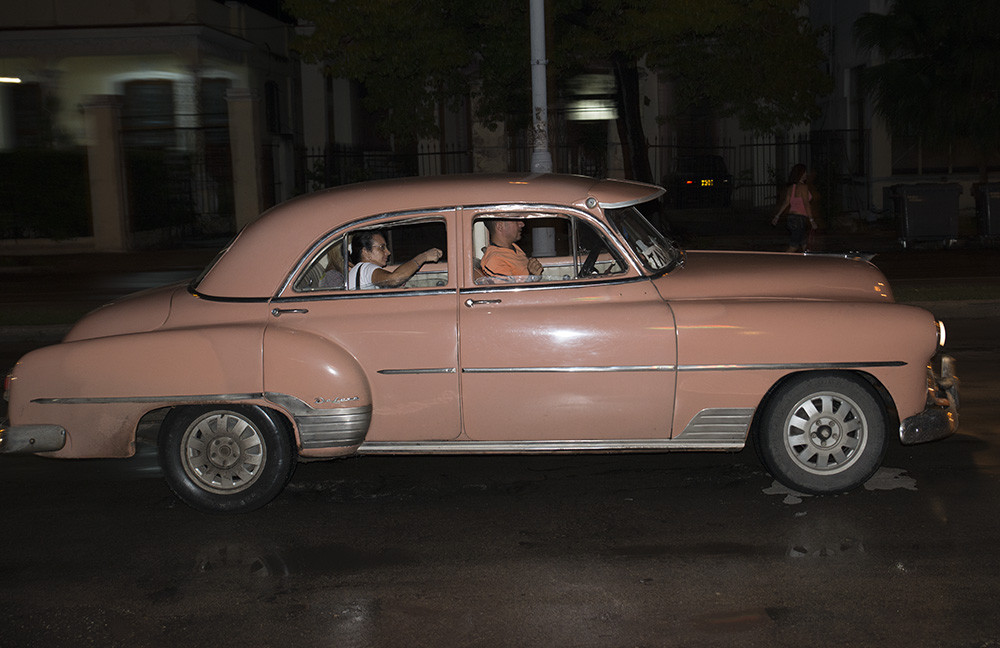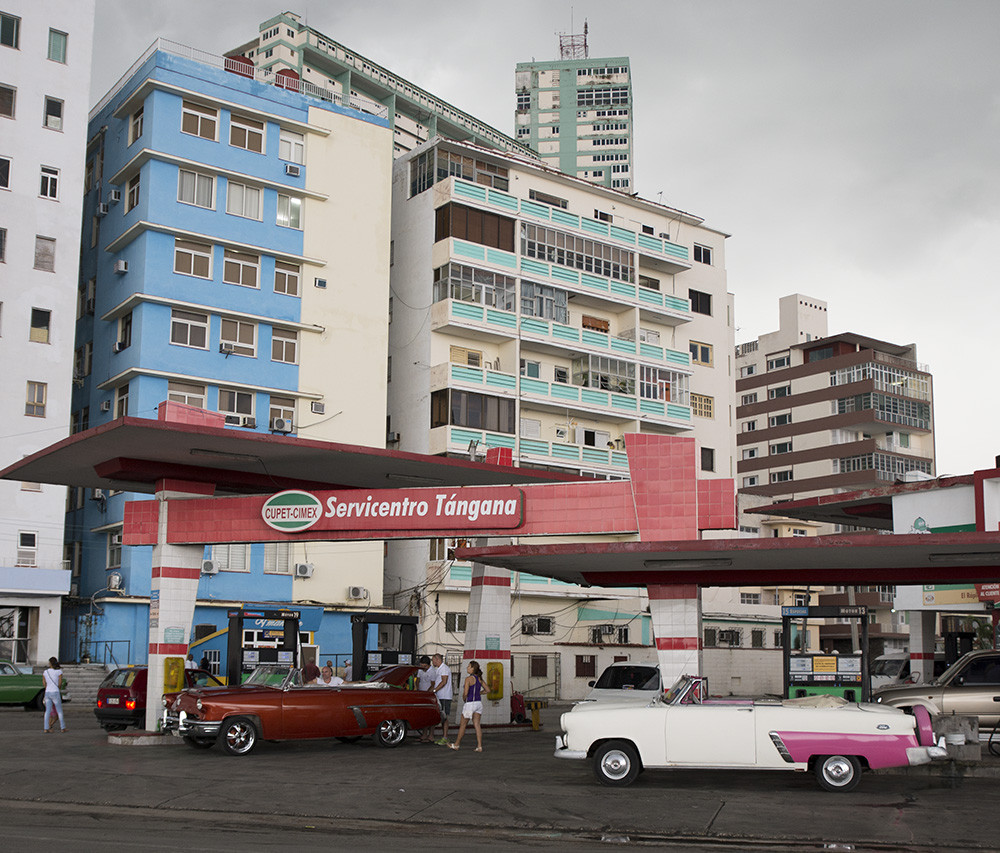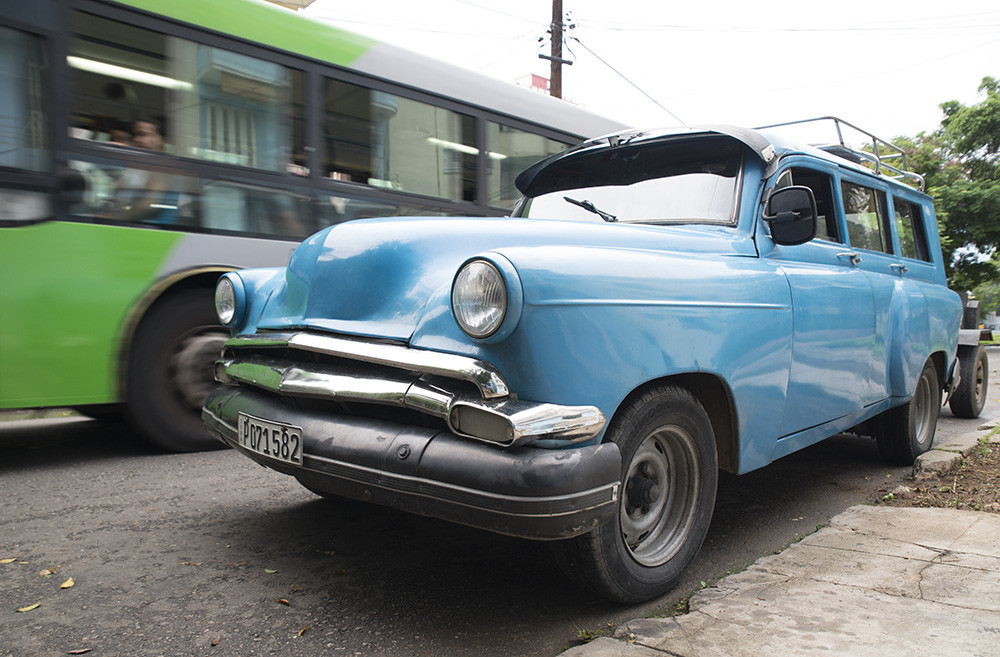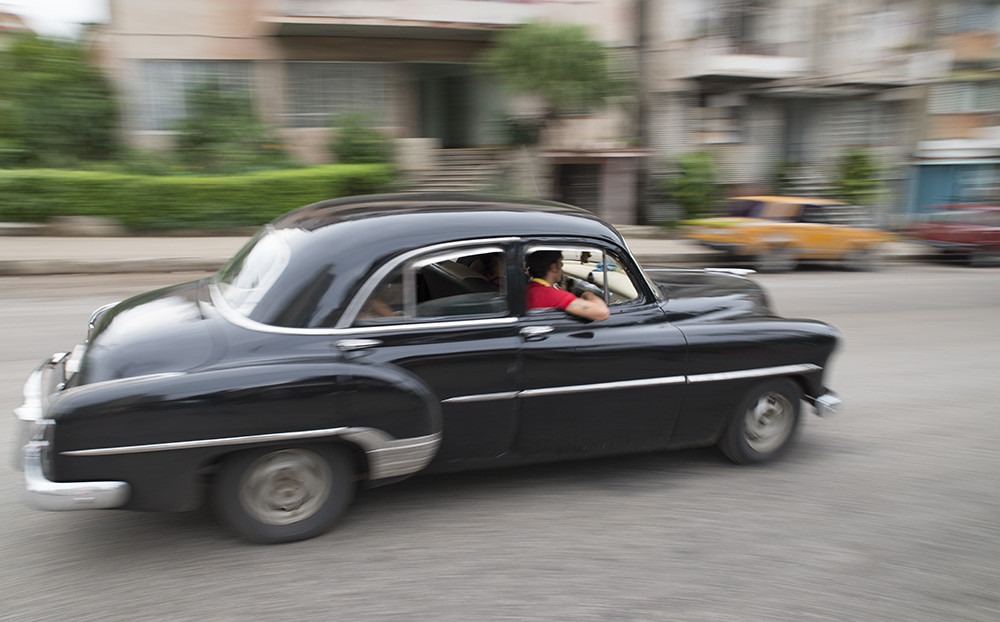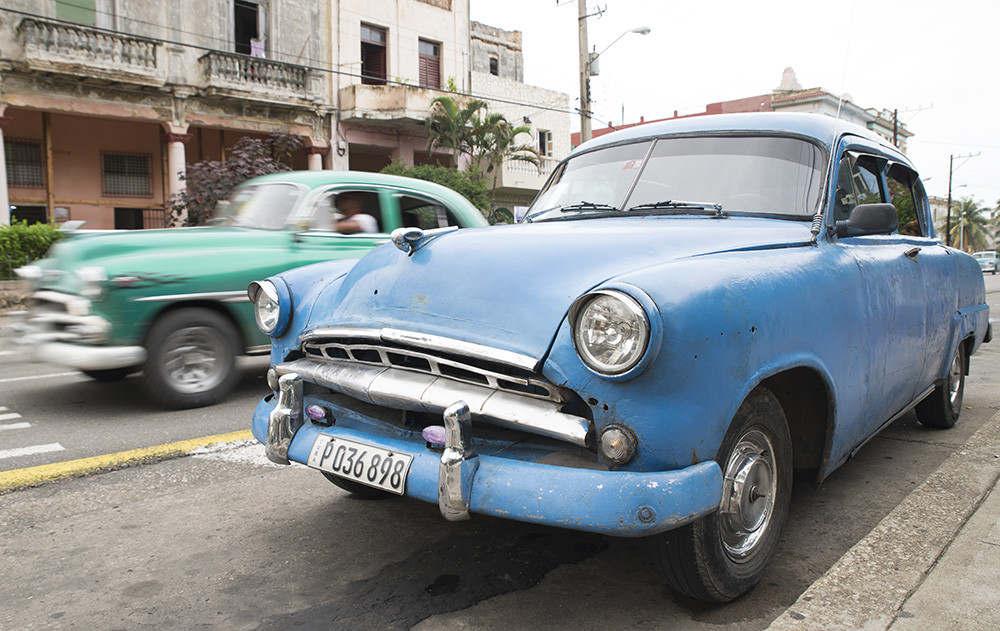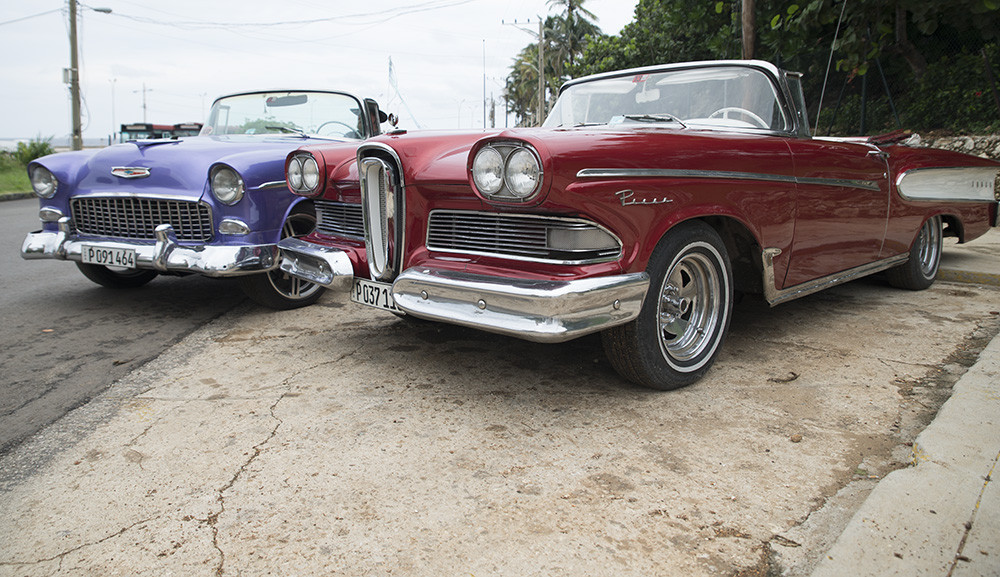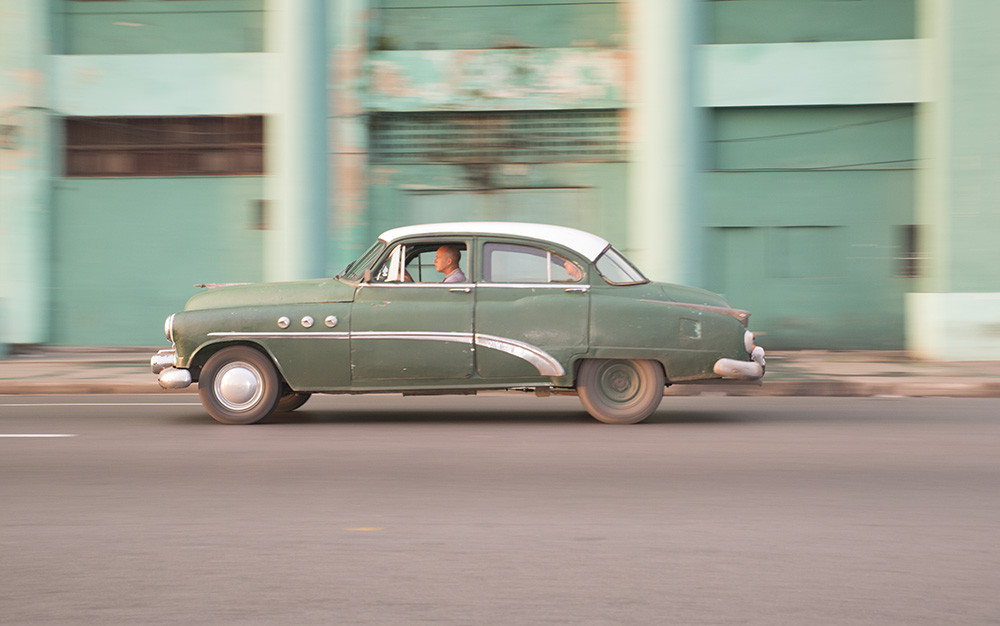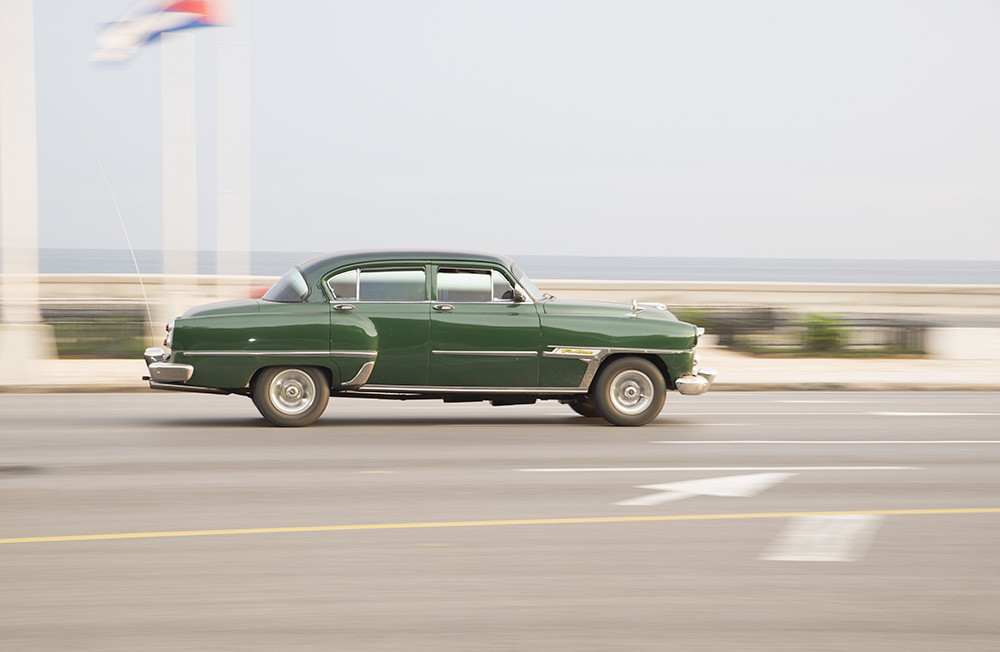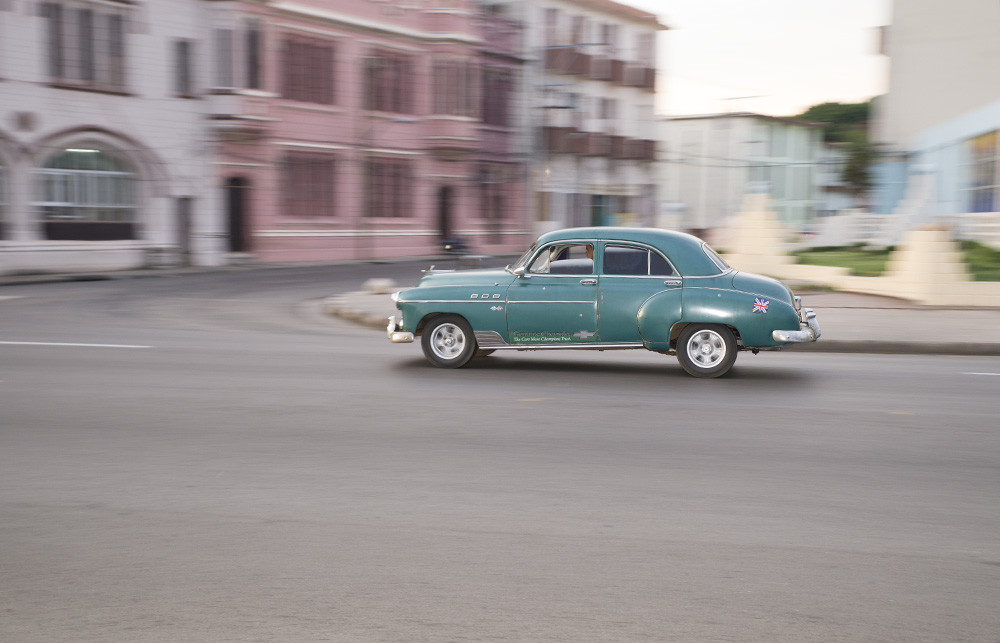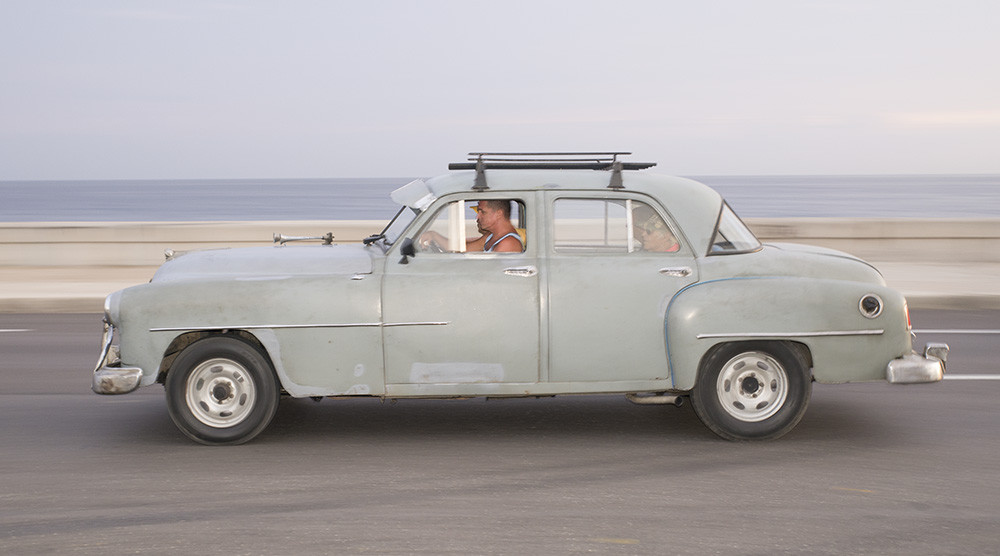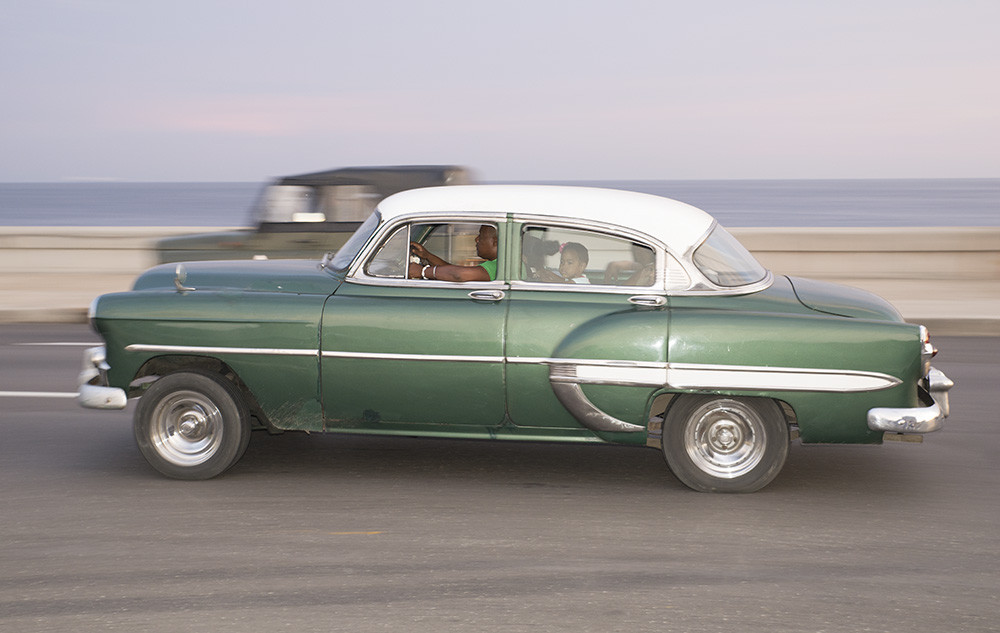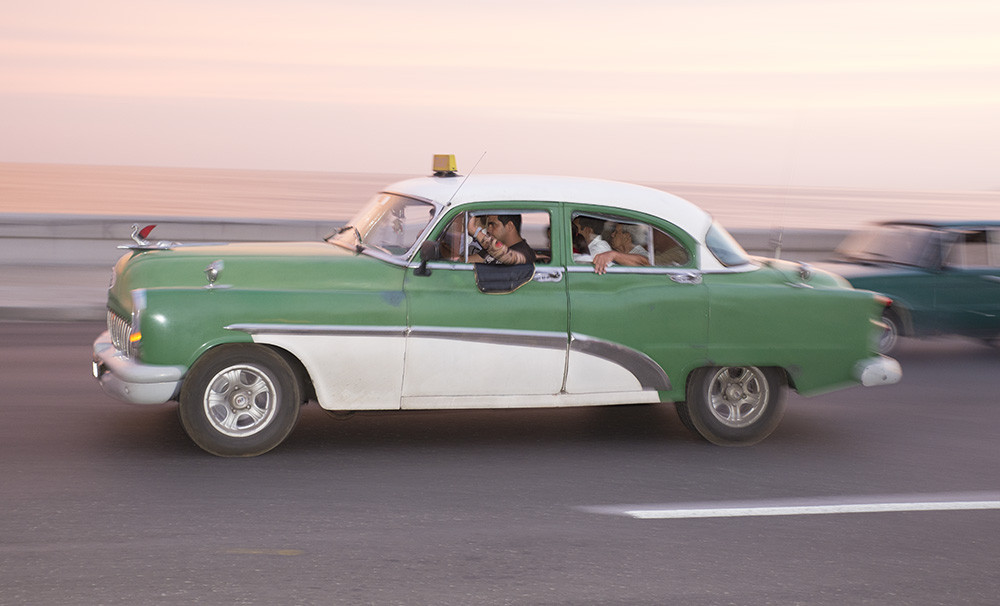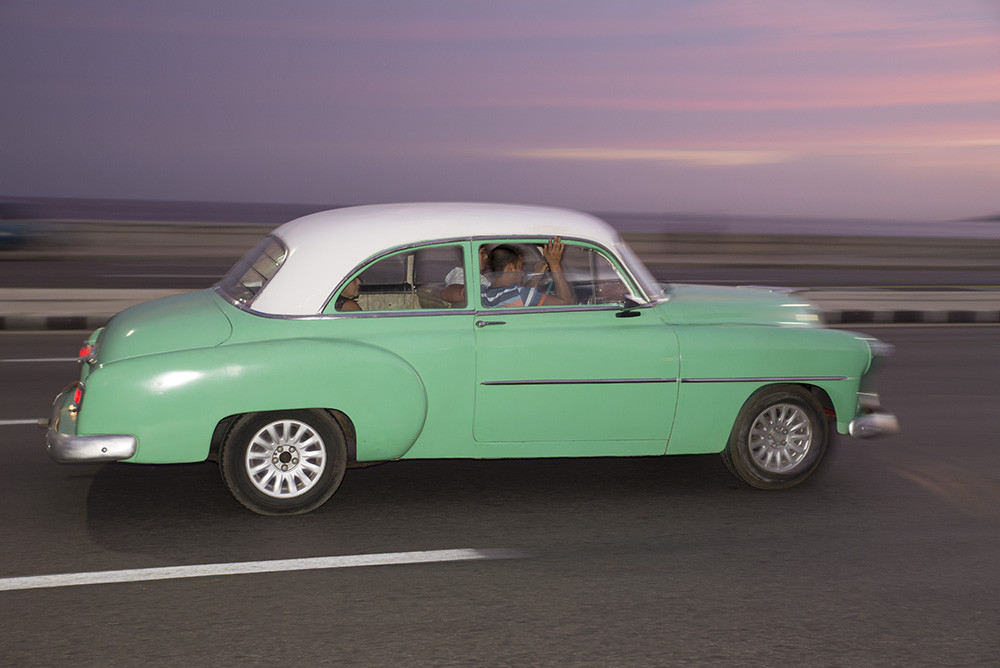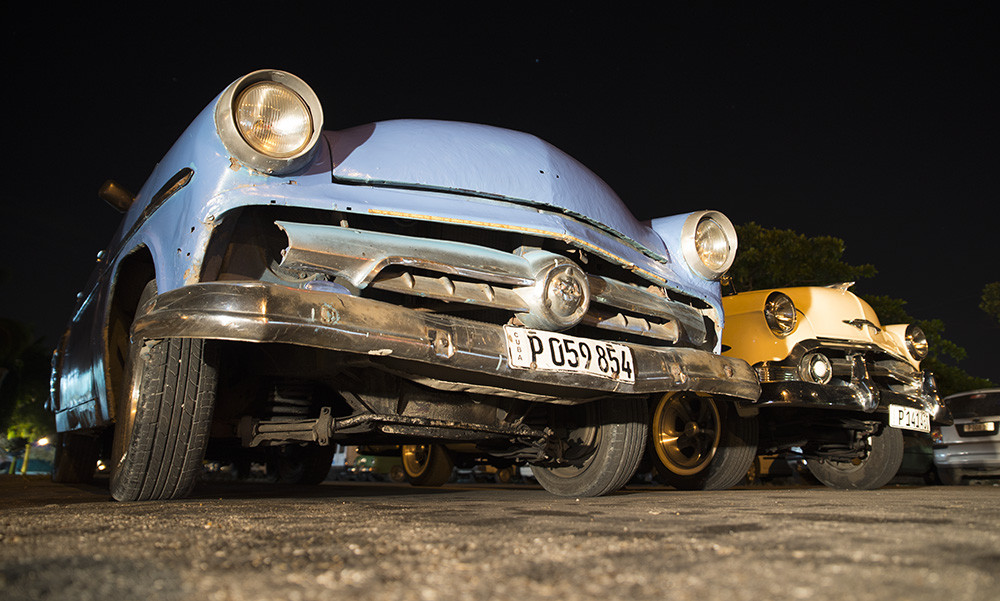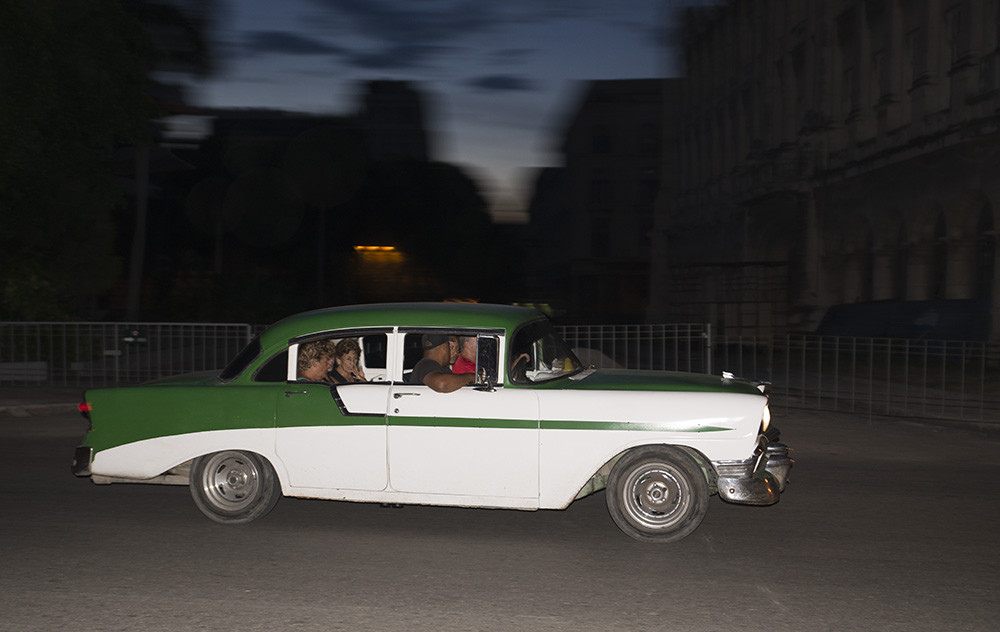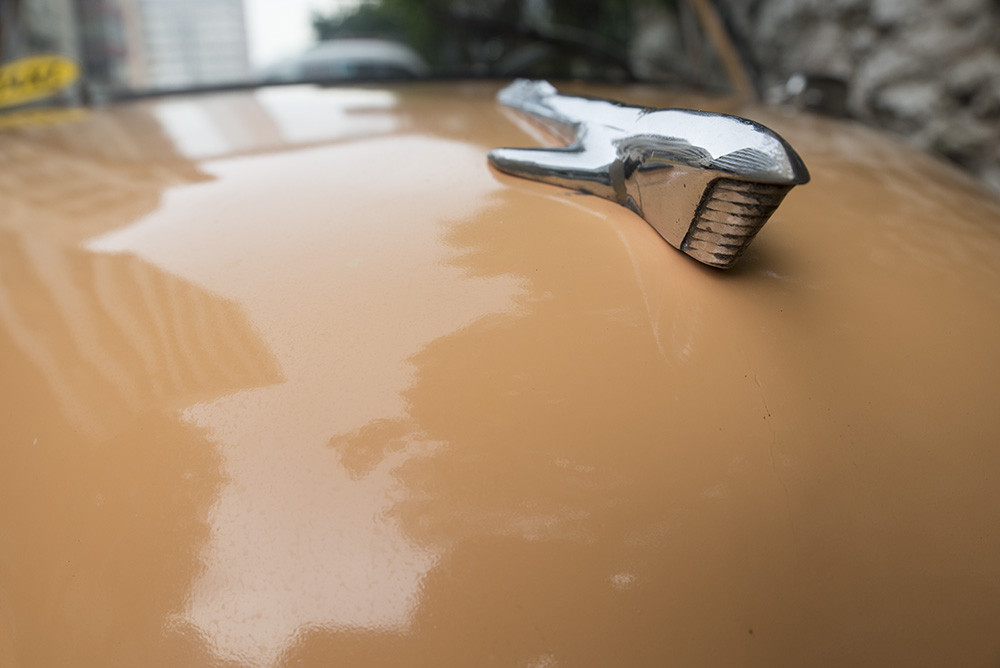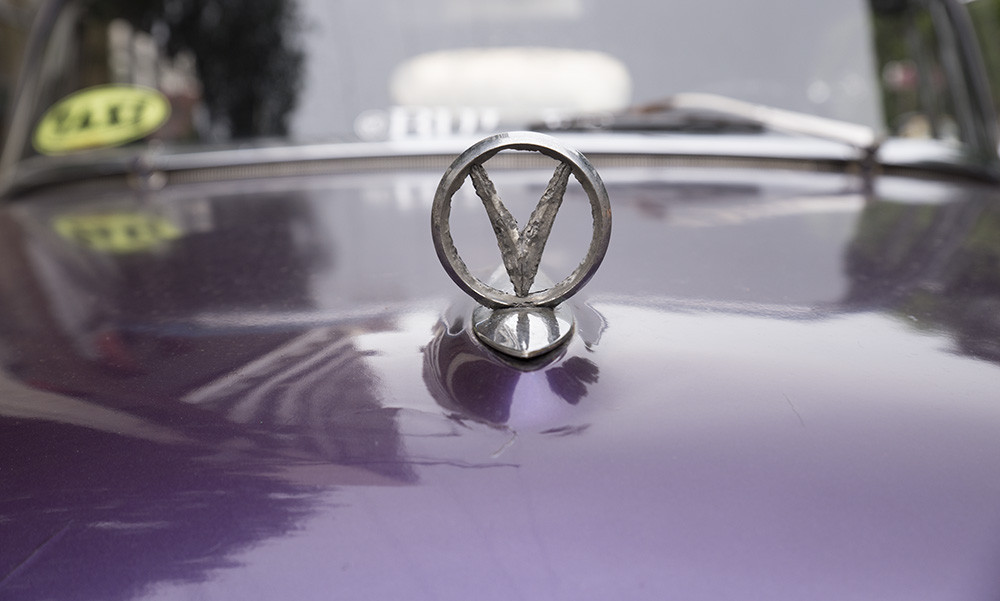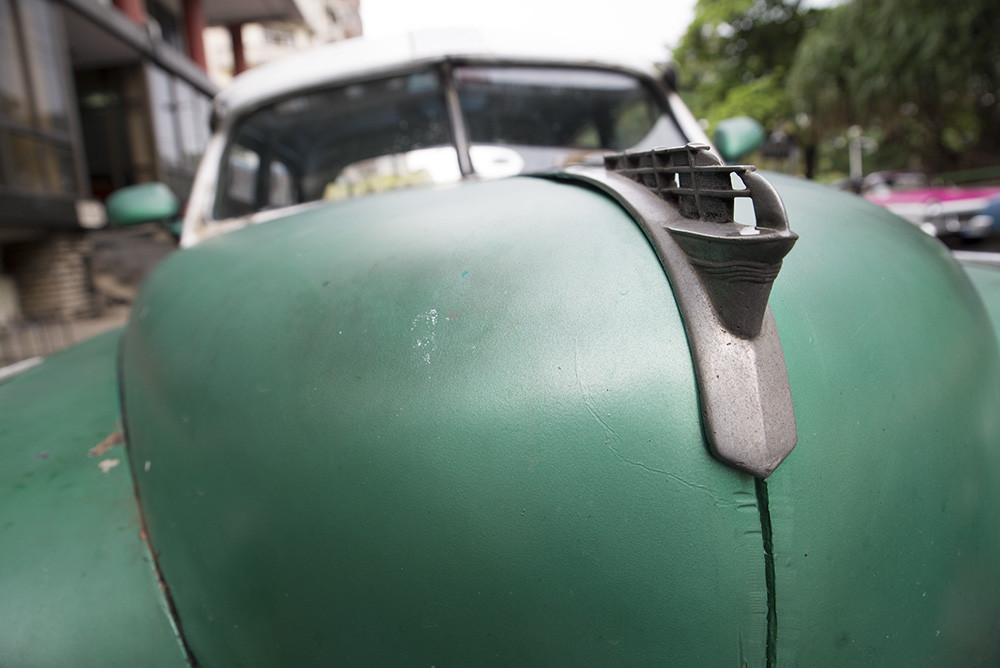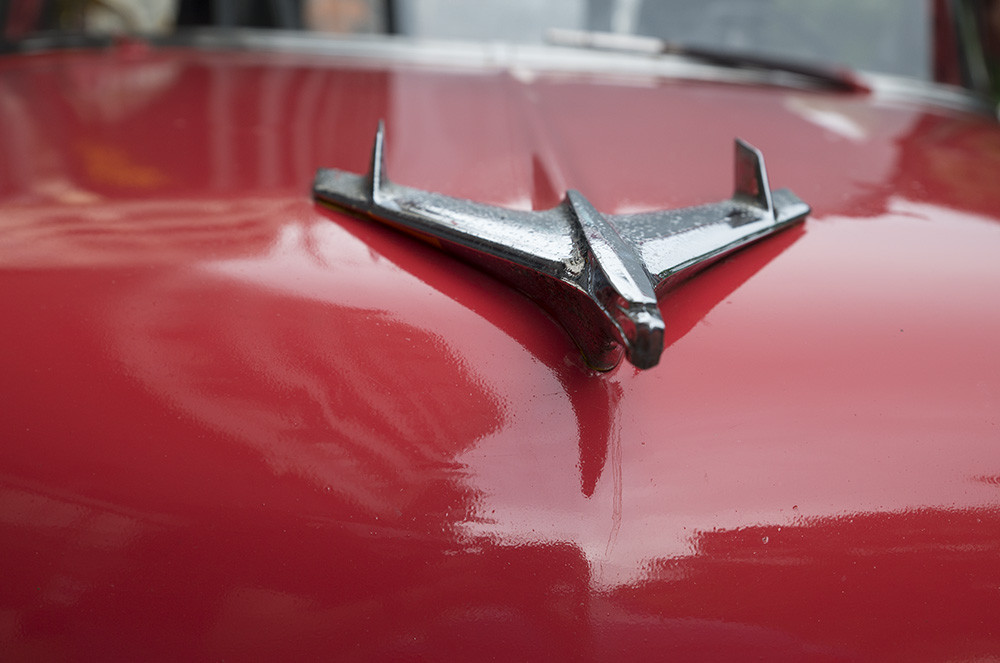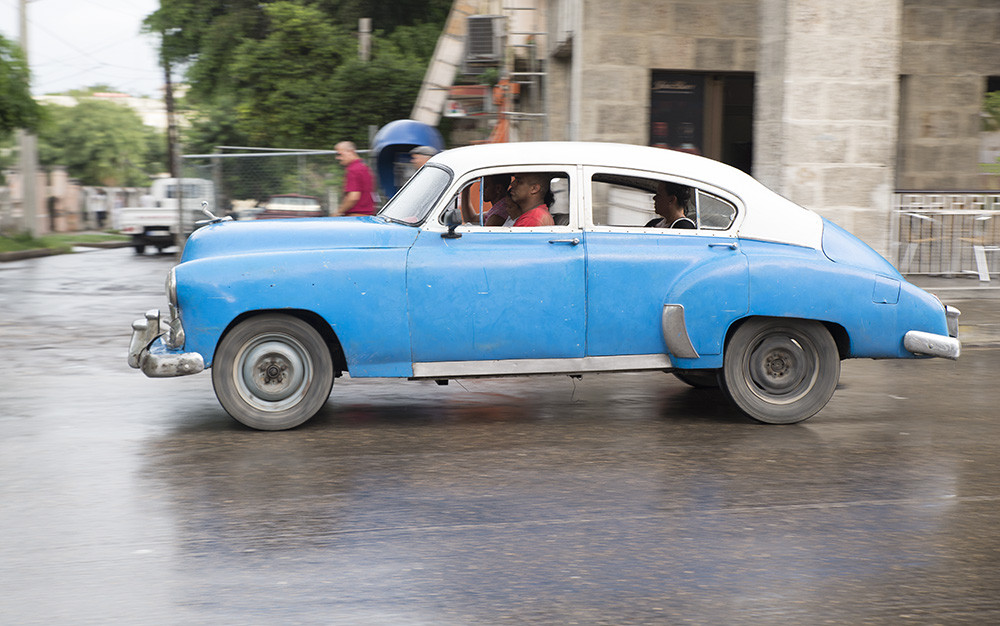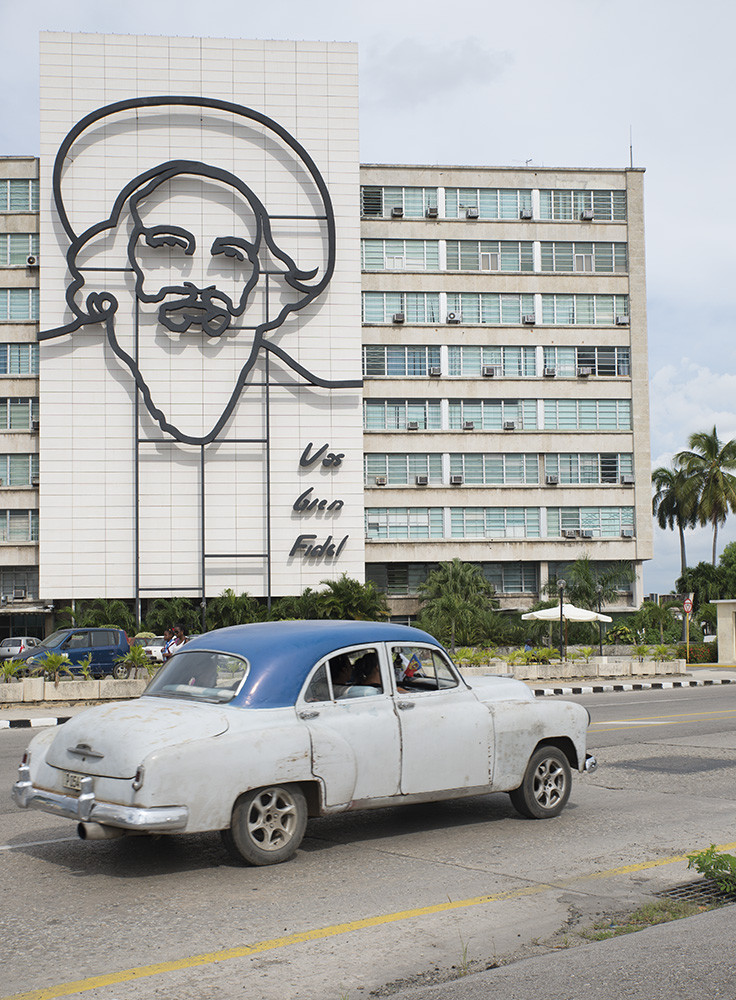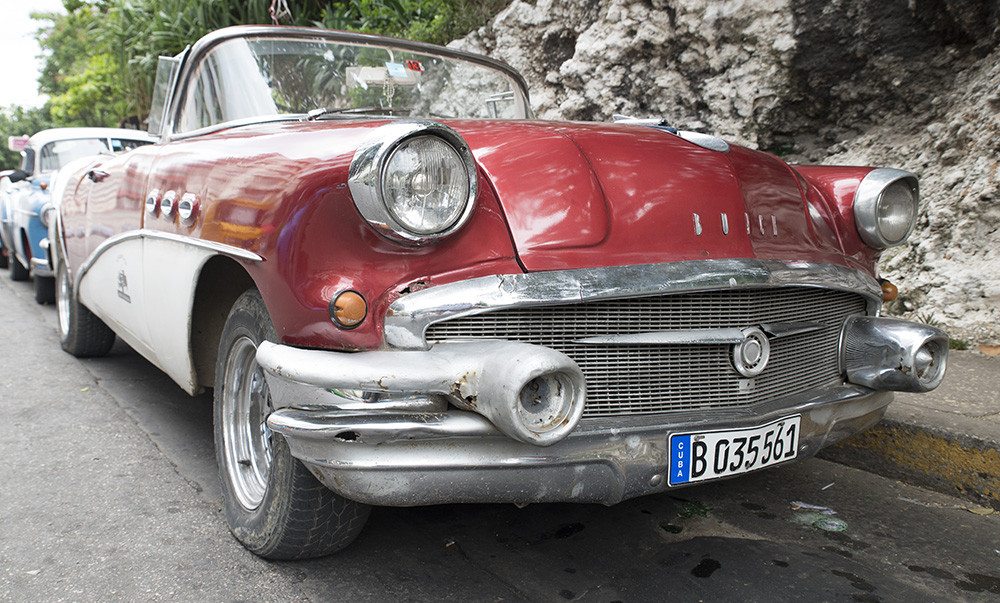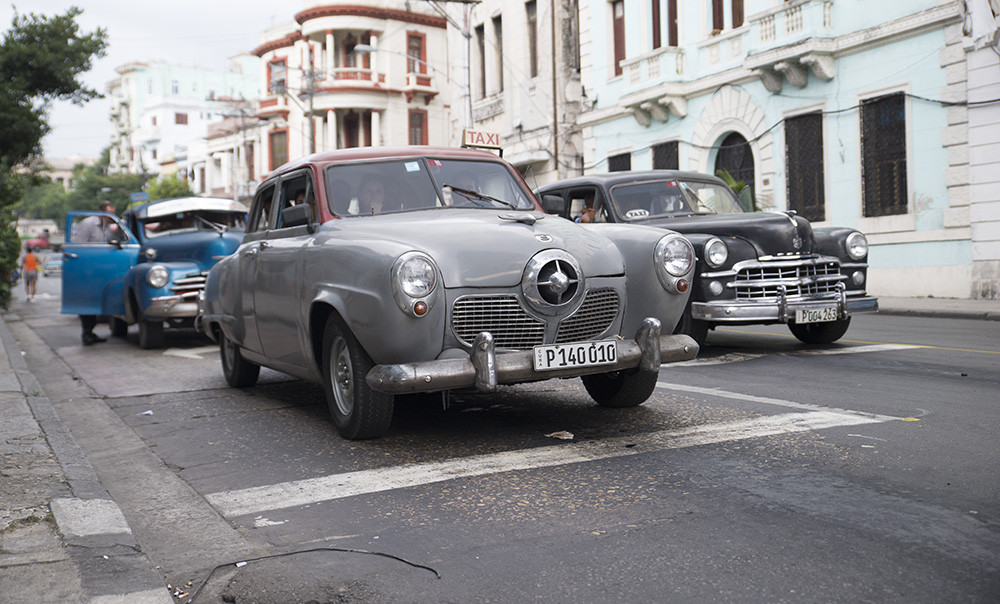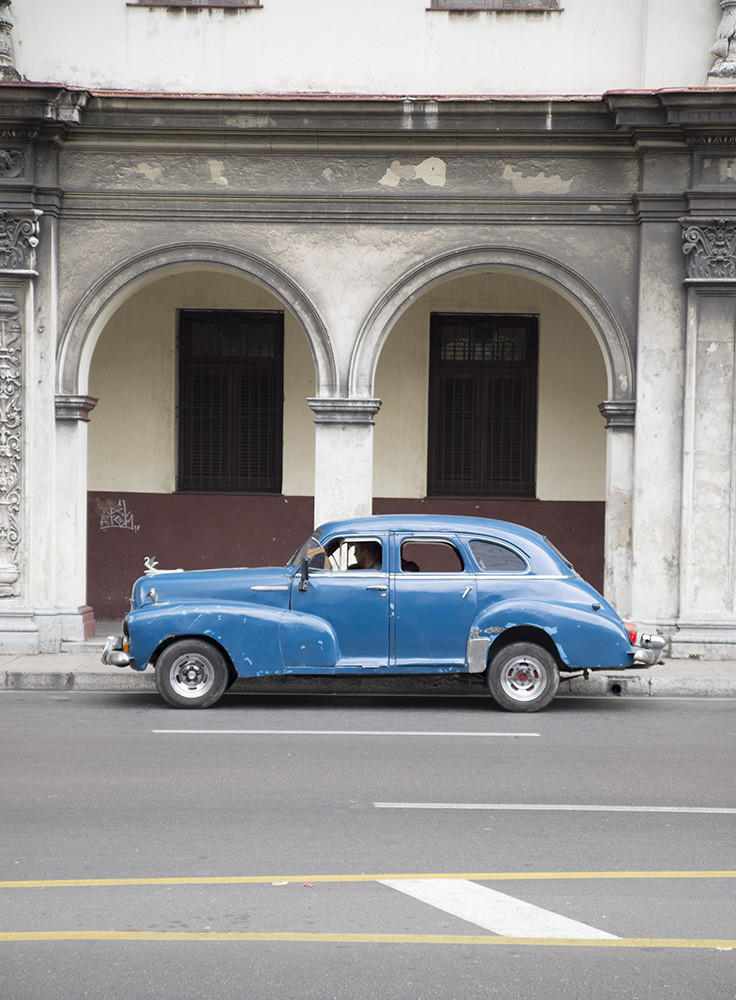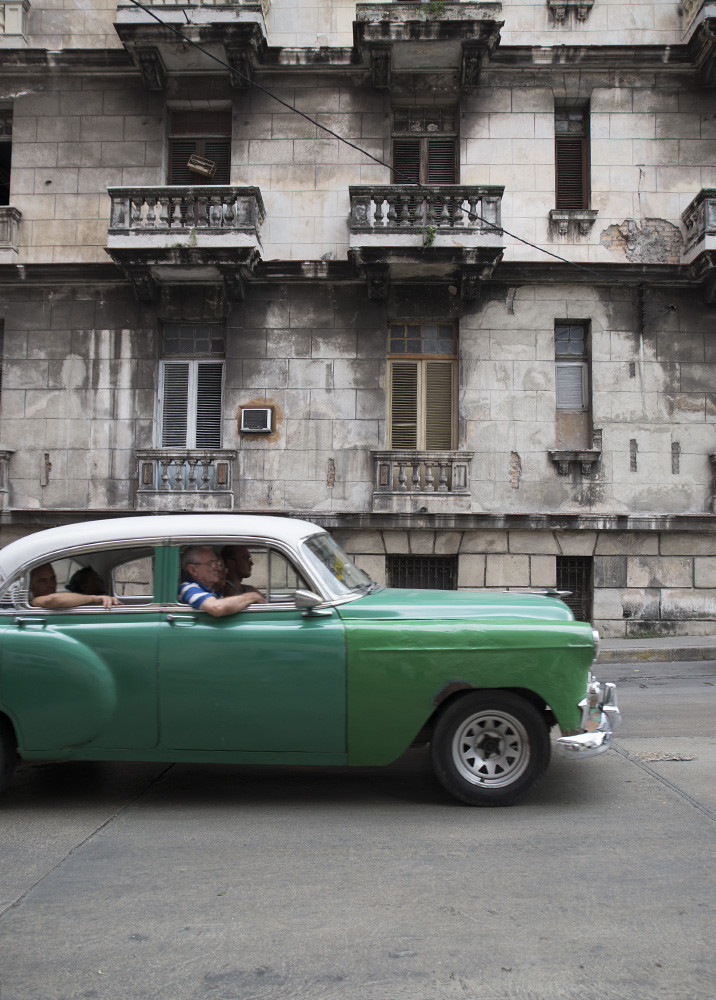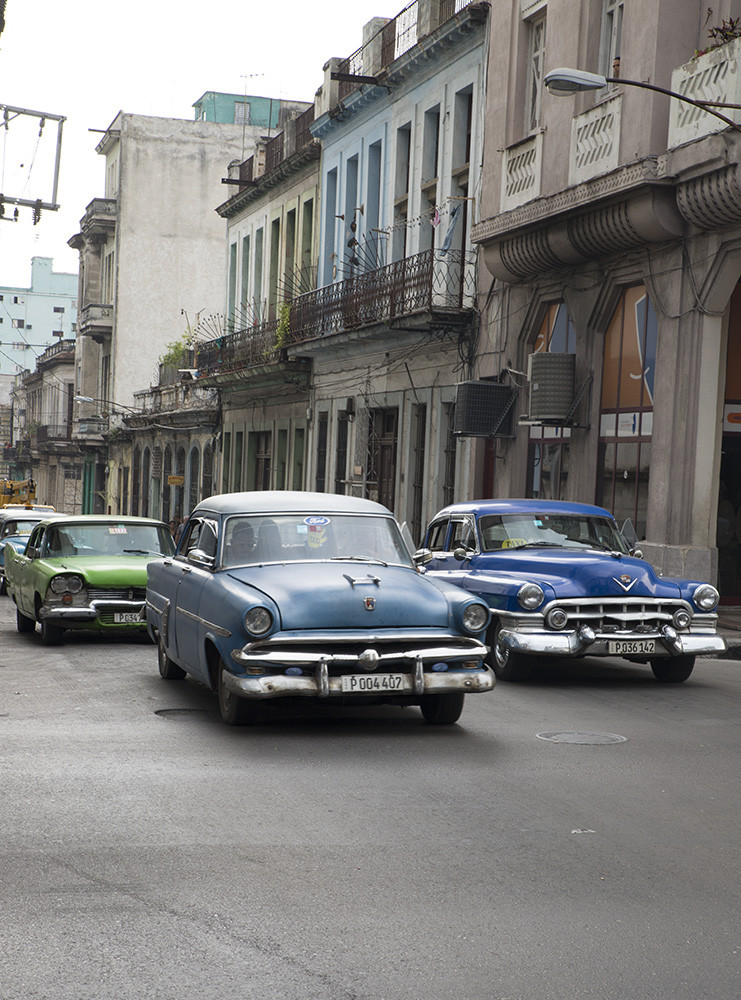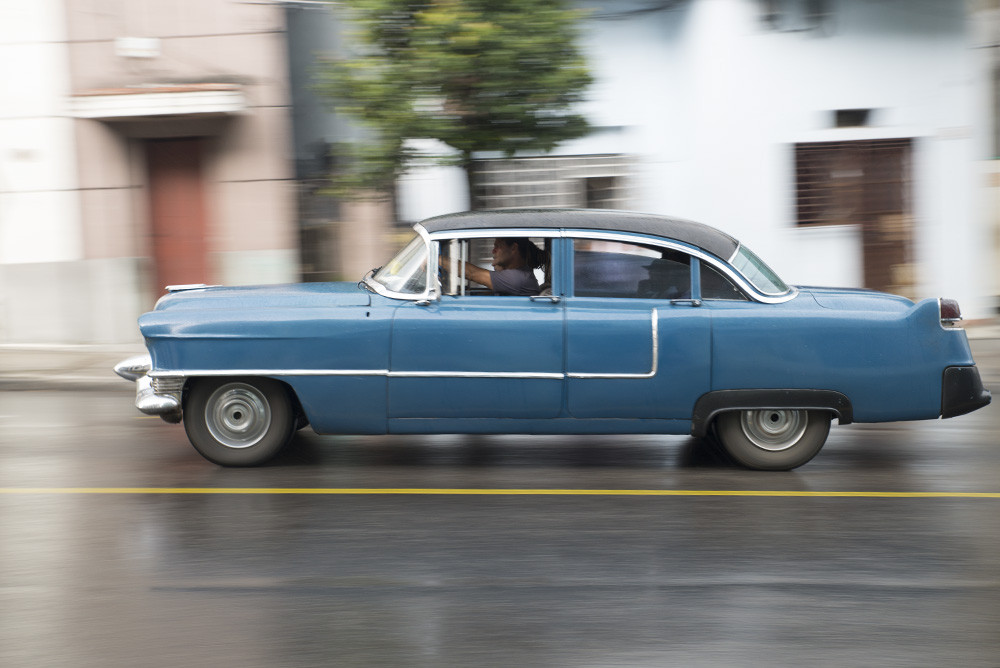Cuba lies fewer than 100 miles off the Floridan coast and despite being just the size of Virginia – or half of Utah – the country holds twenty-seven species of birds that are found no where else on earth (which neither state can claim).
In October 2014, BirdNote initiated its international travel program with a trip to this captivating destination. We had a well-balanced itinerary that exposed our group to the arts, food, culture, natural spaces and people of this beautiful country. We did, however, visit Cuba on the least ideal month for birdwatching; neotropical migrants had already passed through and many of the resident specialties were not singing on territory (March is the best month, according to our guide). We still manage to tally 83 species on our six-day trip, even though the two days we set aside specifically for birdwatching coincided with the rainiest weather of the trip. Of these species, 22 are only found in the Caribbean, and 12 are only found in Cuba.
Here’s the list of species we found, by location.
Monday, October 20 2014
7:30am – 8:20am
Hotel Nacional de Cuba (23.144005,-82.3802733)
The grounds of this iconic hotel isn’t very expansive, or natural, but we found a decent assortment of birds, including several species of warbler and a tanager in the large pine tree.
Eurasian Collared-Dove (15)
Common Ground-Dove (5)
Mourning Dove (5)
Antillean Palm-Swift (2)
Red-legged Thrush (4)
Northern Mockingbird (4)
American Redstart (2)
Northern Parula (1)
Palm Warbler (4)
Yellow-throated Warbler (1)
Summer Tanager (1)
Cuban Blackbird (30)
House Sparrow (6)
10:50am – 11:30am
Finca Vigia (23.0677525,-82.2962719)
The grounds of Hemingway’s Home are incredibly lush. I wish we had more time there, and had arrived earlier in the day.
Turkey Vulture (7)
Cuban Emerald (2)
American Kestrel (1)
Red-legged Thrush (8)
Northern Mockingbird (6)
Northern Parula (1)
Cuban Blackbird (10)
Tuesday, October 21 2014
8:00am – 8:10am
Hotel Nacional de Cuba (23.144005,-82.3802733)
I made a quick tour of the grounds before breakfast. It was a good decision: I found my only Tawny-shouldered Blackbird of the trip!
Eurasian Collared-Dove (3)
Mourning Dove (5)
Antillean Palm-Swift (1)
Cuban Emerald (1)
Palm Warbler (6)
Yellow-throated Warbler (1)
Tawny-shouldered Blackbird (2)
Cuban Blackbird (5)
House Sparrow (2)
10:00am – 12:30pm
Jardin Botanico Nacional (22.9923477,-82.3370147)
An immense botanical gardens with loads of birding opportunities. We walked around the visitor’s center and through the nearby greenhouses. We then took our bus to the Japanese garden where we strolled around the small lake and had lunch.
Osprey (1)
Red-tailed Hawk (1)
Common Gallinule (3)
Killdeer (1)
Spotted Sandpiper (1)
Common Ground-Dove (3)
Great Lizard-Cuckoo (2)
Antillean Palm-Swift (9)
Belted Kingfisher (1)
West Indian Woodpecker (2)
Cuban Green Woodpecker (1)
Cuban Pewee (2)
Loggerhead Kingbird (1)
Cuban Vireo (1)
Red-legged Thrush (1)
Northern Mockingbird (11)
Tennessee Warbler (8)
American Redstart (2)
Northern Parula (1)
Palm Warbler (25)
Cuban Blackbird (22)
Greater Antillean Grackle (14)
Wednesday, October 22 2014
10:35am – 12:05pm
Soroa Orchid Garden (22.7936969,-83.0086505)
A loop of the lush grounds, with rain. Hooded Warbler = rare find!
Turkey Vulture (24)
Great Lizard-Cuckoo (1)
Cuban Emerald (6)
Cuban Trogon (1)
West Indian Woodpecker (4)
Cuban Pewee (1)
Loggerhead Kingbird (3)
Red-legged Thrush (1)
Northern Mockingbird (4)
Cape May Warbler (1)
Black-throated Blue Warbler (1)
Palm Warbler (7)
Yellow-throated Warbler (1)
Western Spindalis (2)
Cuban Blackbird (6)
Greater Antillean Grackle (12)
3:00pm – 4:20pm
Hacienda Cortina (22.6337022,-83.4088308)
This is unfortunately when the skies decided to dampen our optics. Thankfully the downpour we experienced right before lunch let up a bit. We were with a local guide who took us to the exact tree where endemic Giant Kingbirds breed. We were just a few months too early. Olive-capped Warblers in the pine trees were a nice consolation and a beautiful male Hooded Warbler was only the second our excited guide had ever seen at this destination.
Green Heron (4)
Turkey Vulture (14)
Common Ground-Dove (2)
Smooth-billed Ani (5)
Cuban Emerald (3)
Cuban Trogon (2)
West Indian Woodpecker (3)
Cuban Green Woodpecker (1)
American Kestrel (1)
Loggerhead Kingbird (1)
Red-legged Thrush (1)
Northern Mockingbird (9)
Common Yellowthroat (1)
Hooded Warbler (1)
American Redstart (2)
Northern Parula (1)
Palm Warbler (4)
Olive-capped Warbler (1)
Red-legged Honeycreeper (1)
Western Spindalis (16)
Summer Tanager (1)
Cuban Blackbird (46)
Greater Antillean Grackle (14)
Thursday October 23 2014
9:40am – 12:15pm
East Vinales Valley (22.624714,-83.6882365)
We went on a lightly-traveled dirt road out to the steep limestone cliffs that hold the endemic Cuban Solitaire, a plain bird with an incredible song. The unrelenting rain insured that the walk out was more of a muddy slog. I started to hear the solitaire’s song about 100 meters from the end of the trail, but I didn’t know if it was coming from a cage in a nearby farmhouse. It was wild and it sang from the dense foliage at the base of the cliff for 45 minutes before I was informed that we had to go. I gave it three more minutes: At two minutes, it flew in and perched on an exposed branch long enough to get in the scope. Incredible.
Wood Duck (1)
Anhinga (2)
Cattle Egret (5)
Turkey Vulture (9)
Smooth-billed Ani (1)
Cuban Emerald (3)
Cuban Tody (1)
Cuban Green Woodpecker (2)
Loggerhead Kingbird (3)
Cuban Vireo (1)
Cuban Solitaire (1)
Northern Mockingbird (7)
Black-and-white Warbler (1)
American Redstart (5)
Palm Warbler (8)
Olive-capped Warbler (1)
Yellow-headed Warbler (4)
Yellow-faced Grassquit (4)
Cuban Blackbird (15)
Greater Antillean Grackle (20)
5:10pm – 6:35pm
Horizontes La Ermita Hotel (22.611507,-83.6990699)
I walked around with two tour participants and found some nice species around the hotel grounds and down the street. Highlights were numerous Olive-capped Warblers in the roadside pine trees.
Great Egret (1)
Cattle Egret (4)
Mourning Dove (3)
Antillean Palm-Swift (3)
Cuban Emerald (2)
Cuban Green Woodpecker (1)
Northern Flicker (1)
American Kestrel (2)
Cuban Pewee (1)
Cuban Vireo (1)
Red-legged Thrush (1)
Gray Catbird (2)
Northern Mockingbird (12)
Black-and-white Warbler (1)
Palm Warbler (5)
Olive-capped Warbler (8)
Prairie Warbler (1)
Red-legged Honeycreeper (5)
Cuban Blackbird (3)
Greater Antillean Grackle (15)
Friday, October 24 2014
11:30am – 3:45pm
Las Terrazas (22.8447446,-82.9435265)
We had a tour of Las Terrazas, a small community with a hospital and numerous schools. I looked for birds at every stop, but the restaurant was the most productive location, providing our first and only Cuban Bullfinches. I scoped a soaring accipiter at the coffee shop: I would’ve called it a Cooper’s Hawk back home, which is a Gundlach’s Hawk in Cuba. Another endemic!
Turkey Vulture (250)
Gundlach’s Hawk (1)
White-crowned Pigeon (1)
Smooth-billed Ani (1)
West Indian Woodpecker (3)
Cuban Green Woodpecker (2)
Northern Flicker (1)
Cuban Pewee (2)
La Sagra’s Flycatcher (1)
Loggerhead Kingbird (1)
Yellow-throated Vireo (3)
Red-legged Thrush (2)
Northern Mockingbird (3)
Northern Parula (1)
Magnolia Warbler (1)
Bay-breasted Warbler (2)
Palm Warbler (3)
Yellow-throated Warbler (1)
Red-legged Honeycreeper (5)
Yellow-faced Grassquit (16)
Cuban Bullfinch (6)
Western Spindalis (6)
Cuban Blackbird (31)
Greater Antillean Grackle (35)
4:25pm – 4:35pm
Presa Machucucutu (23.0398506,-82.4935913)
We stopped to have a quick bathroom break next to a large, roadside wetland. No lifers for anyone but a lot of new species for the trip.
Ring-necked Duck (3)
Ruddy Duck (3)
Pied-billed Grebe (12)
Great Blue Heron (2)
Great Egret (5)
Snowy Egret (5)
Green Heron (3)
Black-crowned Night-Heron (5)
Turkey Vulture (3)
Common Gallinule (4)
American Coot (40)
Belted Kingfisher (2)
Here’s a full list of the birds that were seen by one or all of the group, with location and date of the first sighting. All species in BLACK are only found in the Caribbean; UNDERLINED are only found in Cuba.
WOOD DUCK (East Vinales Valley – Oct. 23)
RING-NECKED DUCK (Presa Machucucutu – Oct. 24)
RUDDY DUCK (Presa Machucucutu – Oct. 24)
HELMETED GUINEAFOWL (Domestic) (Hotel Nacional de Cuba)
INDIAN PEAFOWL (Domestic) (Hotel Nacional de Cuba)
PIED-BILLED GREBE (Presa Machucucutu – Oct. 24)
AMERICAN FLAMINGO (Domestic) (Las Terrazas – Oct. 24)
DOUBLE-CRESTED CORMORANT (Cojimar – Oct. 20)
ANHINGA (East Vinales Valley – Oct. 23)
BROWN PELICAN (Havana – Oct. 25)
GREAT BLUE HERON (Presa Machucucutu – Oct. 24)
GREAT EGRET (seen along the highway a couple times)
SNOWY EGRET (Presa Machucucutu – Oct. 24)
REDDISH EGRET (Horizontes La Ermita Hotel – Oct. 23)
CATTLE EGRET (seen from the highway)
GREEN HERON (Hacienda Cortina – Oct. 22)
BLACK-CROWNED NIGHT-HERON (Presa Machucucutu – Oct. 24)
TURKEY VULTURE (how could you miss these?)
OSPREY (Jardin Botanico Nacional – Oct. 21)
GUNDLACH’S HAWK (Las Terrazas – Oct. 24)
RED-TAILED HAWK (Jardin Botanico Nacional – Oct. 21)
COMMON GALLINULE (seen at two locations)
AMERICAN COOT (Presa Machucucutu – Oct. 24)
KILLDEER (Jardin Botanico Nacional – Oct. 21)
SPOTTED SANDPIPER (Jardin Botanico Nacional – Oct. 21)
LAUGHING GULL (Havana – Oct. 20)
ROYAL TERN (Cojimar – Oct. 20)
ROCK PIGEON (Most numerous in Havana)
SCALY-NAPED PIGEON (Vinales Valley Overlook – Oct. 23)
WHITE-CROWNED PIGEON (Las Terrazas – Oct. 24)
EURASIAN COLLARED-DOVE (widespread)
COMMON GROUND-DOVE (widespread)
MOURNING DOVE (widespread)
GREAT LIZARD-CUCKOO (Jardin Botanico Nacional – Oct. 21)
SMOOTH-BILLED ANI (Hacienda Cortina – Oct. 22)
BARN OWL (Havana – Oct. 20)
ANTILLEAN PALM-SWIFT (Hotel Nacional de Cuba – Oct. 20)
CUBAN EMERALD (Finca Vigia (Hemingway’s House) – Oct. 20)
CUBAN TROGON (Soroa Orchid Garden – Oct. 22)
CUBAN TODY (East Vinales Valley – Oct. 23)
BELTED KINGFISHER (Jardin Botanico Nacional – Oct. 21)
WEST INDIAN WOODPECKER (Jardin Botanico – Oct. 21)
CUBAN GREEN WOODPECKER (Jardin Botanico – Oct. 21)
NORTHERN FLICKER (Horizontes La Ermita Hotel – Oct. 23)
AMERICAN KESTREL (Finca Vigia (Hemingway’s House) – Oct. 20)
PEREGRINE FALCON (Hotel Nacional de Cuba – Oct. 24)
CUBAN PEWEE (Jardin Botanico Nacional – Oct. 21)
LA SAGRA’S FLYCATCHER (Las Terrazas – Oct. 24)
LOGGERHEAD KINGBIRD (Jardin Botanico Nacional – Oct. 21)
CUBAN VIREO (Jardin Botanico Nacional – Oct. 21)
YELLOW-THROATED VIREO (Las Terrazas – Oct. 24)
BLUE-GRAY GNATCATCHER (Jardin Botanico Nacional – Oct. 21)
CUBAN SOLITAIRE (East Vinales Valley – Oct. 23)
RED-LEGGED THRUSH (Hotel Nacional de Cuba – Oct. 20)
GRAY CATBIRD (Horizontes La Ermita Hotel – Oct. 23)
NORTHERN MOCKINGBIRD (Hotel Nacional de Cuba – Oct. 20)
OVENBIRD (Horizontes La Ermita Hotel – Oct. 23)
BLACK-AND-WHITE WARBLER (East Vinales Valley – Oct. 23)
TENNESSEE WARBLER (Jardin Botanico Nacional – Oct. 21)
COMMON YELLOWTHROAT (Hacienda Cortina – Oct. 22)
HOODED WARBLER (!) (Hacienda Cortina – Oct. 22)
AMERICAN REDSTART (Hotel Nacional de Cuba – Oct. 20)
CAPE MAY WARBLER (Soroa Orchid Garden – Oct. 22)
NORTHERN PARULA (Hotel Nacional de Cuba – Oct. 20)
MAGNOLIA WARBLER (Las Terrazas – Oct. 24)
BAY-BREASTED WARBLER (Las Terrazas – Oct. 24)
BLACKBURNIAN WARBLER (Hotel Nacional de Cuba – Oct. 26)
BLACK-THROATED BLUE WARBLER (Soroa Orchid G. – Oct. 22)
PALM WARBLER (the most frequently seen warbler)
OLIVE-CAPPED WARBLER (Hacienda Cortina – Oct. 22)
YELLOW-THROATED WARBLER (Hotel Nacional – Oct. 20)
PRAIRIE WARBLER (Horizontes La Ermita Hotel – Oct. 23)
YELLOW-HEADED WARBLER (East Vinales Valley – Oct. 23)
RED-LEGGED HONEYCREEPER (Hacienda Cortina – Oct. 22)
YELLOW-FACED GRASSQUIT (Horizontes La Ermita – Oct. 23)
CUBAN BULLFINCH (Las Terrazas – Oct. 24)
WESTERN SPINDALIS (Soroa Orchid Garden – Oct. 22)
SUMMER TANAGER (Hotel Nacional de Cuba – Oct. 20)
TAWNY-SHOULDERED BLACKBIRD (Hotel Nacional – Oct. 21)
EASTERN MEADOWLARK (Highway to Vinales Valley – Oct. 22)
CUBAN BLACKBIRD (Hotel Nacional de Cuba – Oct. 20)
GREATER ANTILLEAN GRACKLE (Jardin Botanico – Oct. 21)
HOUSE SPARROW (Hotel Nacional de Cuba – Oct. 20)
